Scrapbook: People-Powered in Medellín, Colombia
/This is Medellín: Never underestimate what an investment in infrastructure (especially public transportation), a reconciliation with the past (however imperfectly implemented), the spark and spunk of arty entrepreneurs, and a dash of magical realism can do to begin to transform a city once called the murder capital of the world into an innovative city for the future.
I’m with a group of vaxxed and masked travel industry insiders sampling the community tourism offerings of this region as part of the Meaningful Map program of Tourism Cares. (More on this later.) Vámonos!
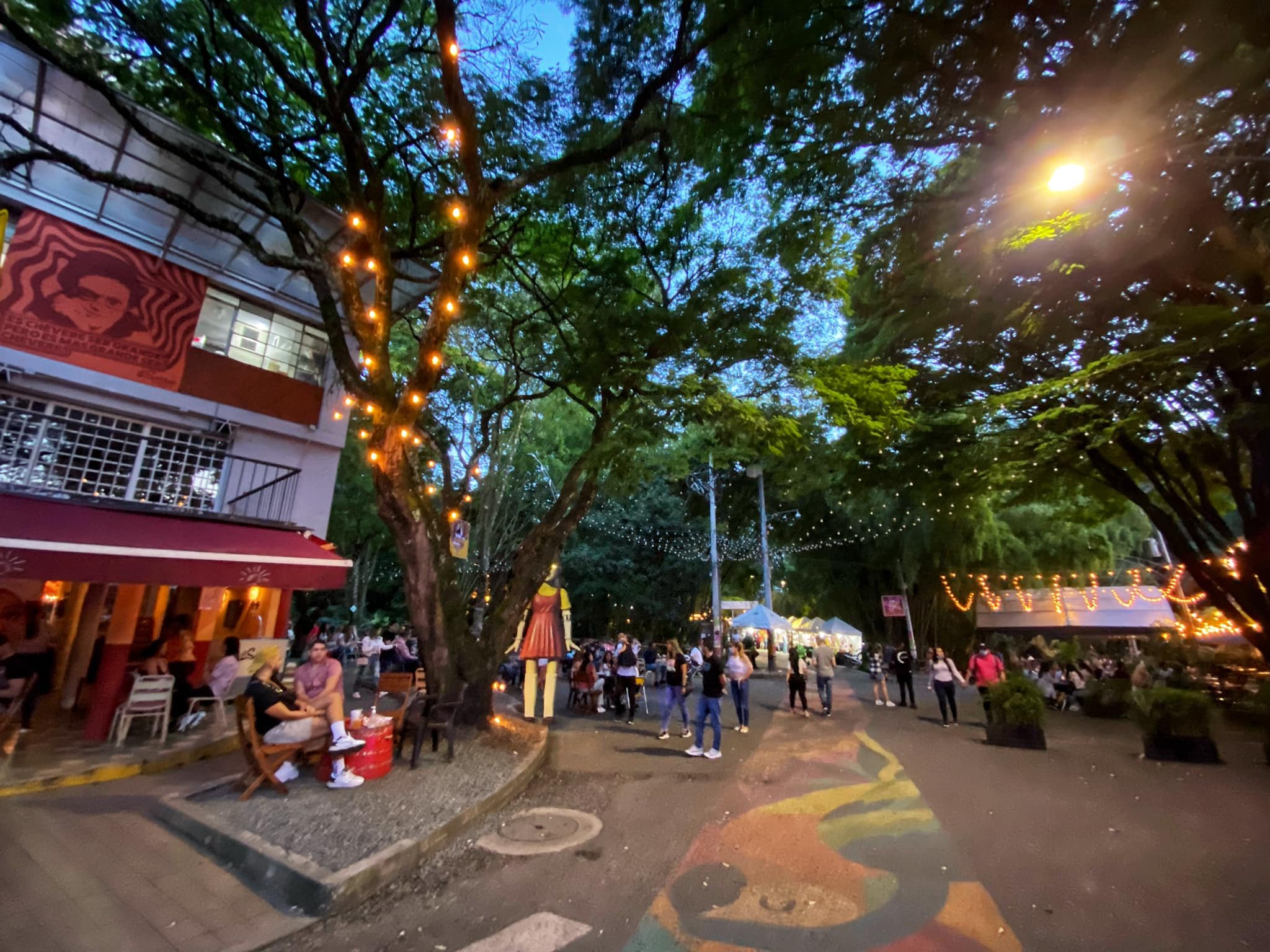
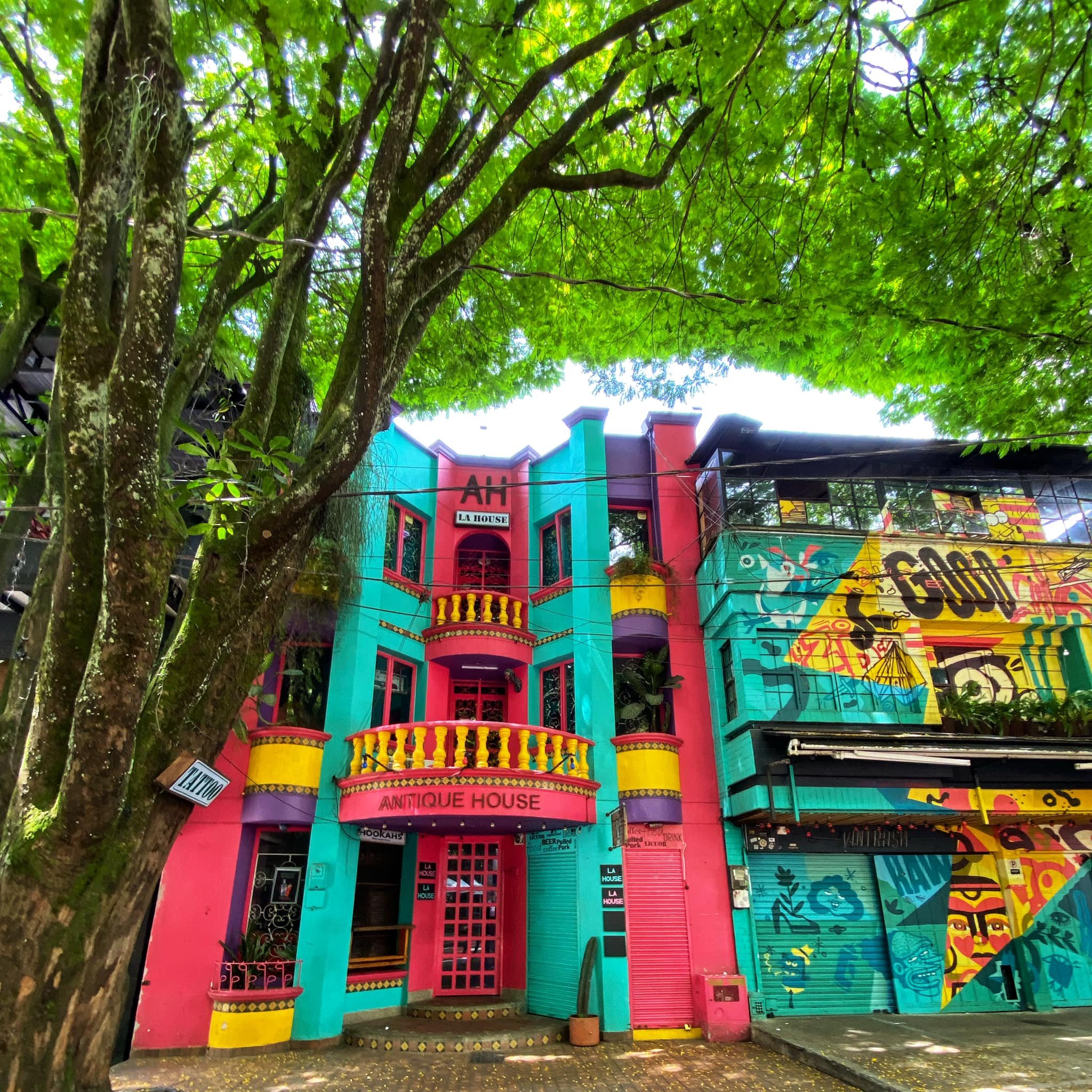
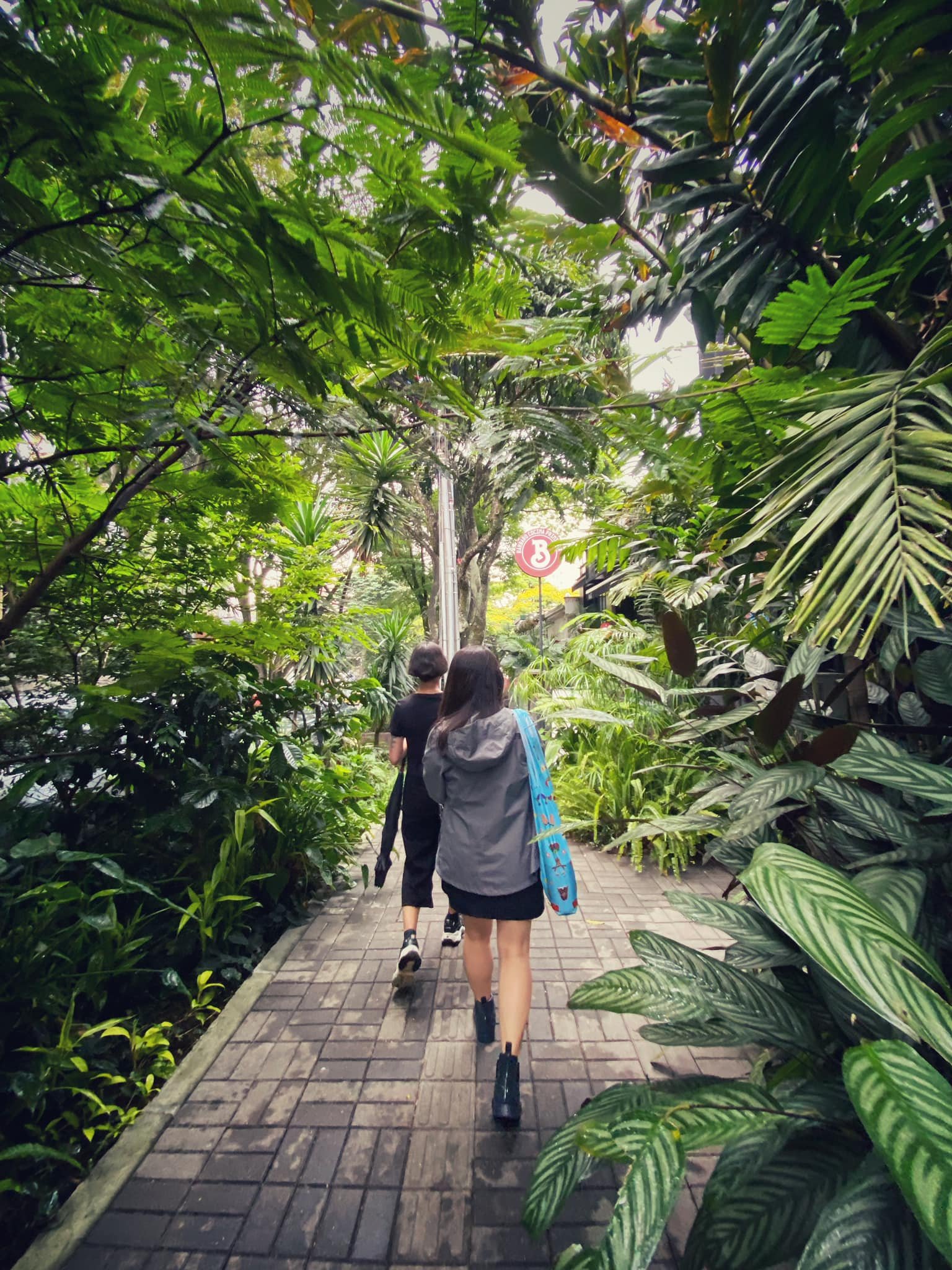
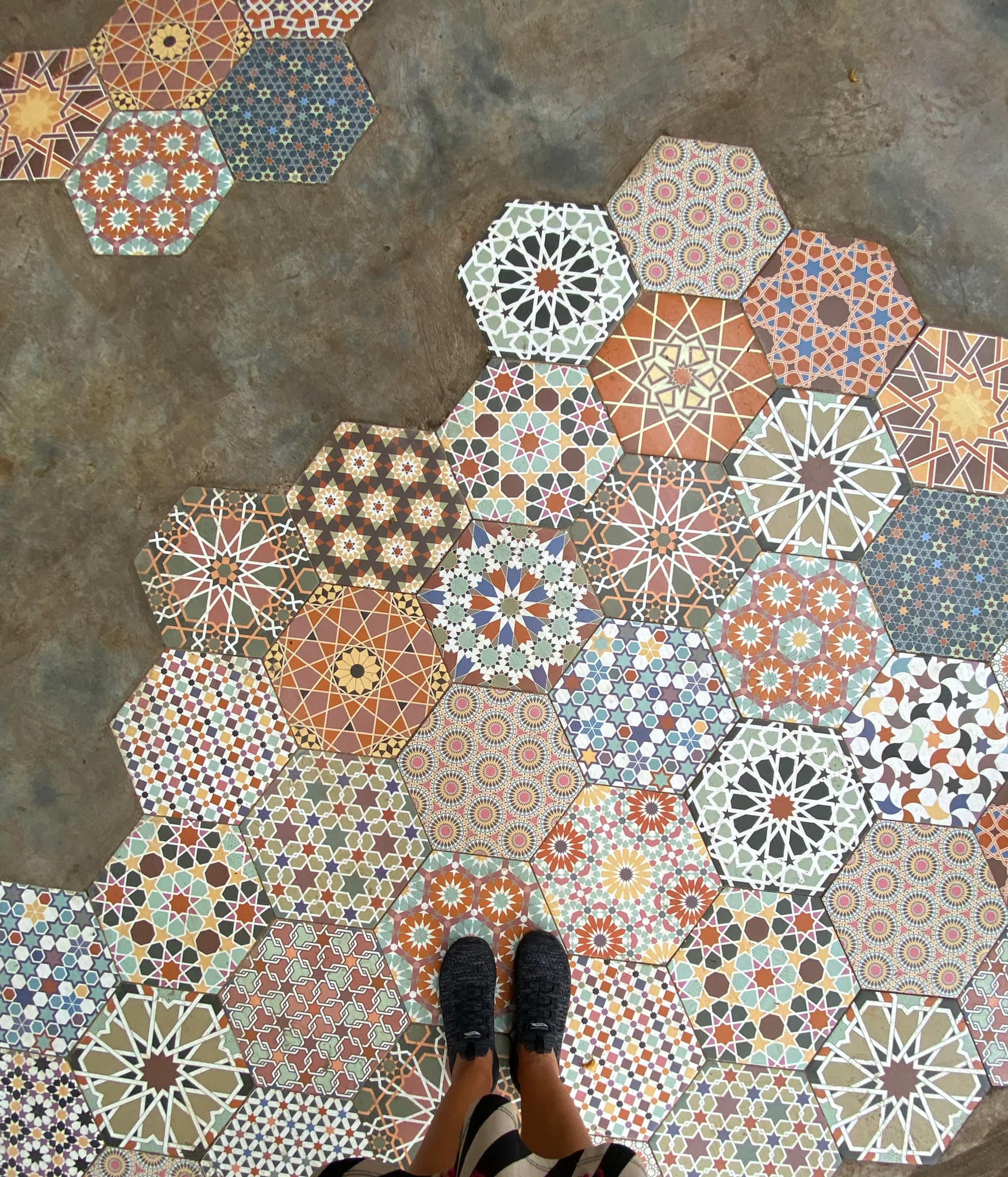
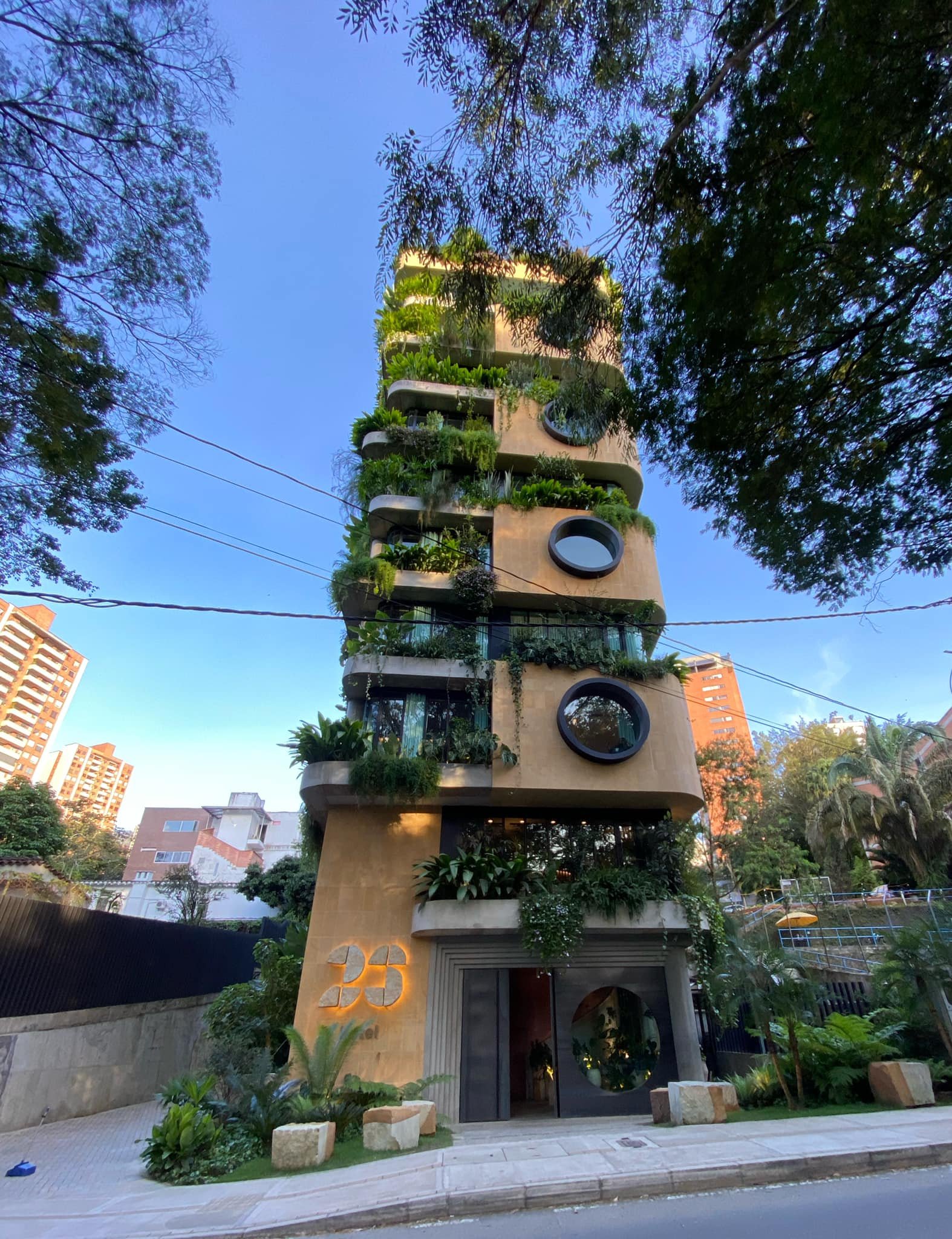
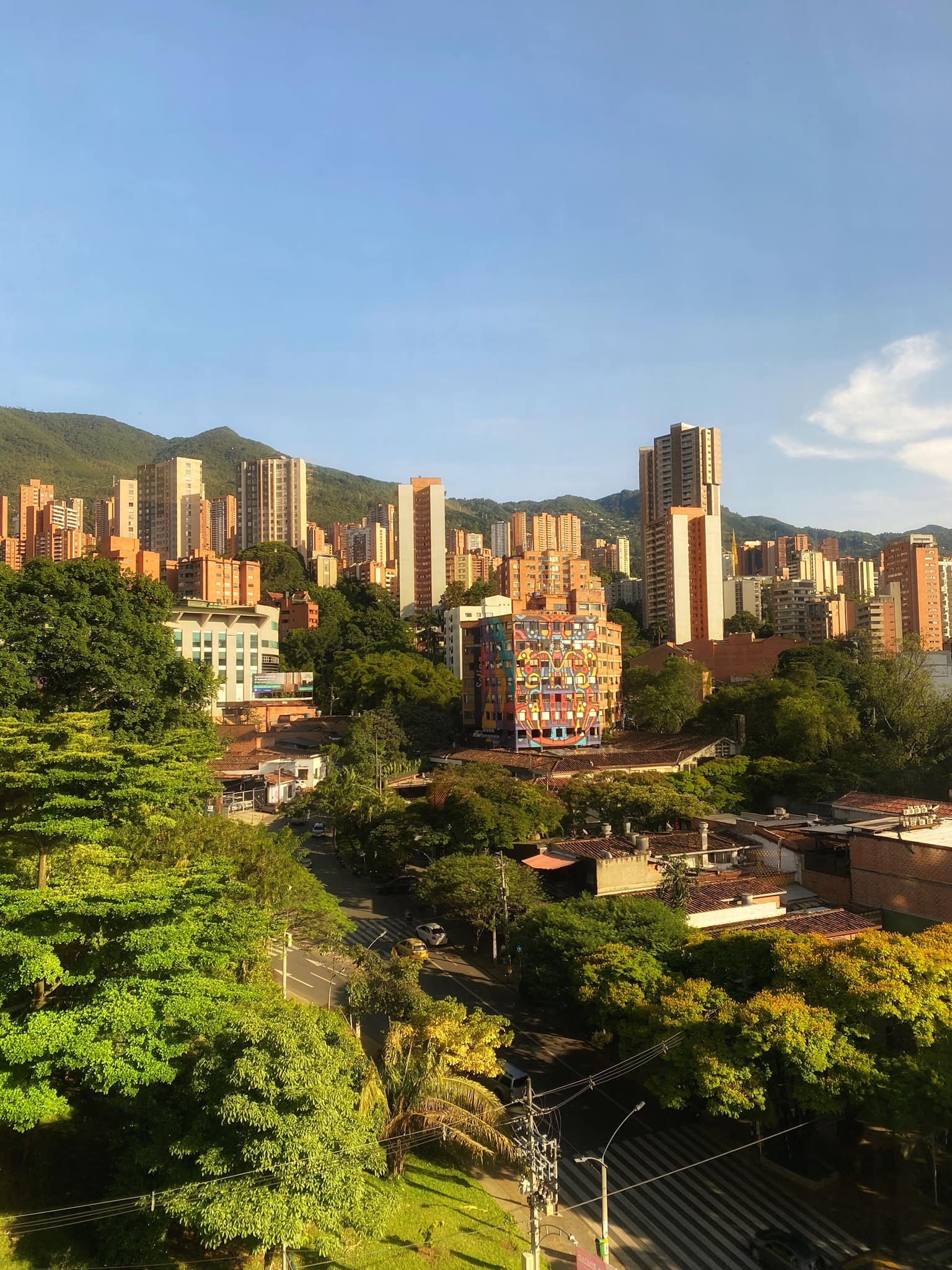
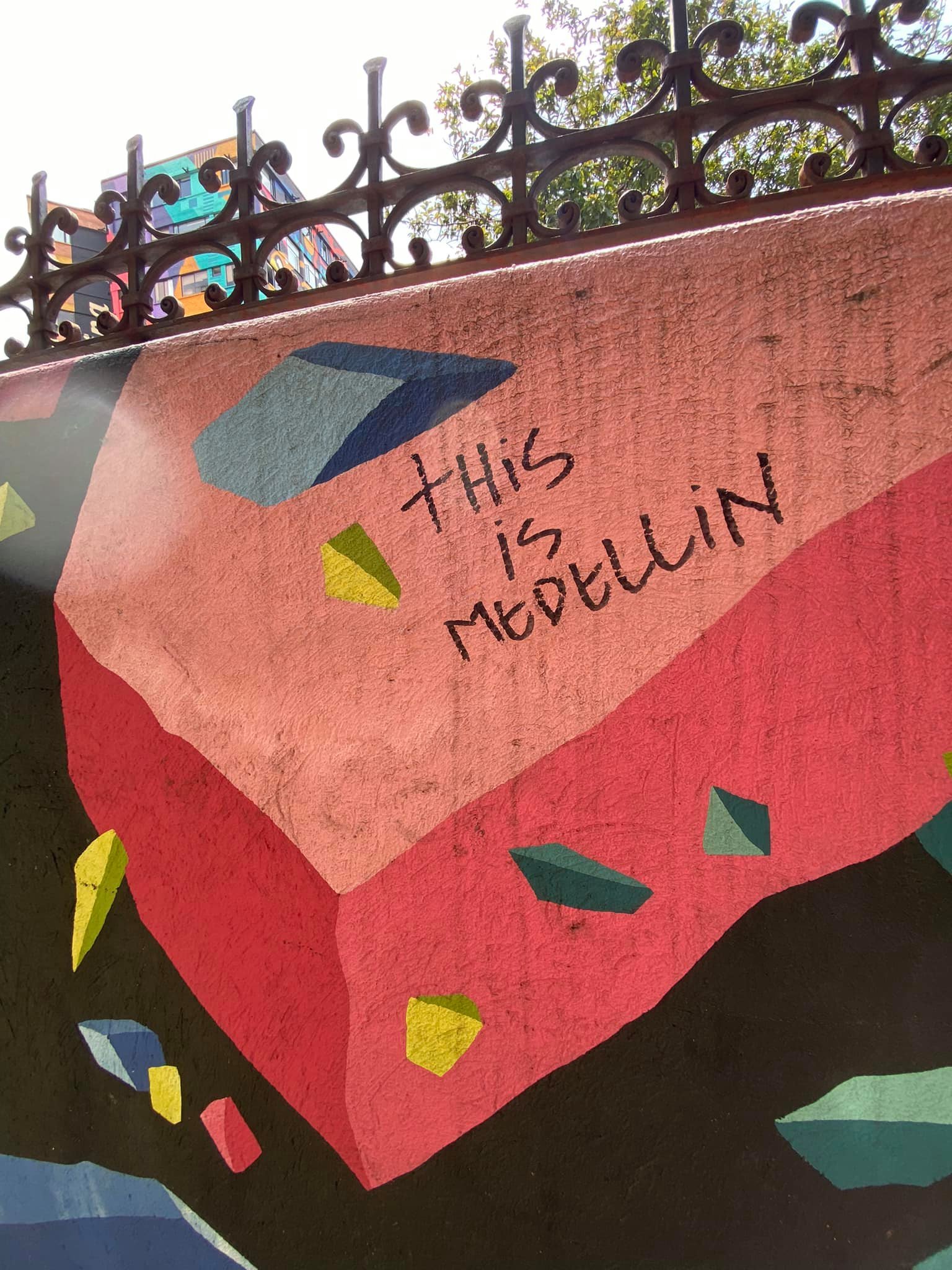
This first set of pics is in the district of El Poblado, packed with upscale bars and eateries, high-end fashion, and boutique hotels and luxury apartments. (We’ll hit less swanky parts of the city later.)
In 1993, Diego Calderón Franco was a young biology student on a university-sponsored bird scouting trip when they were kidnapped by the FARC (a guerrilla group) for three months before being released. At the same time, Marcos Guevara was a FARC member in a nearby mountain community with few employment options. Today Calderón organizes birding tours employing former guerrillas and militia members to heal communities riven by decades of armed conflict, and Guevara a photographer capturing images of life in these rebuilding communities. Medellin, Colombia.
More of this spirit in the world, please.

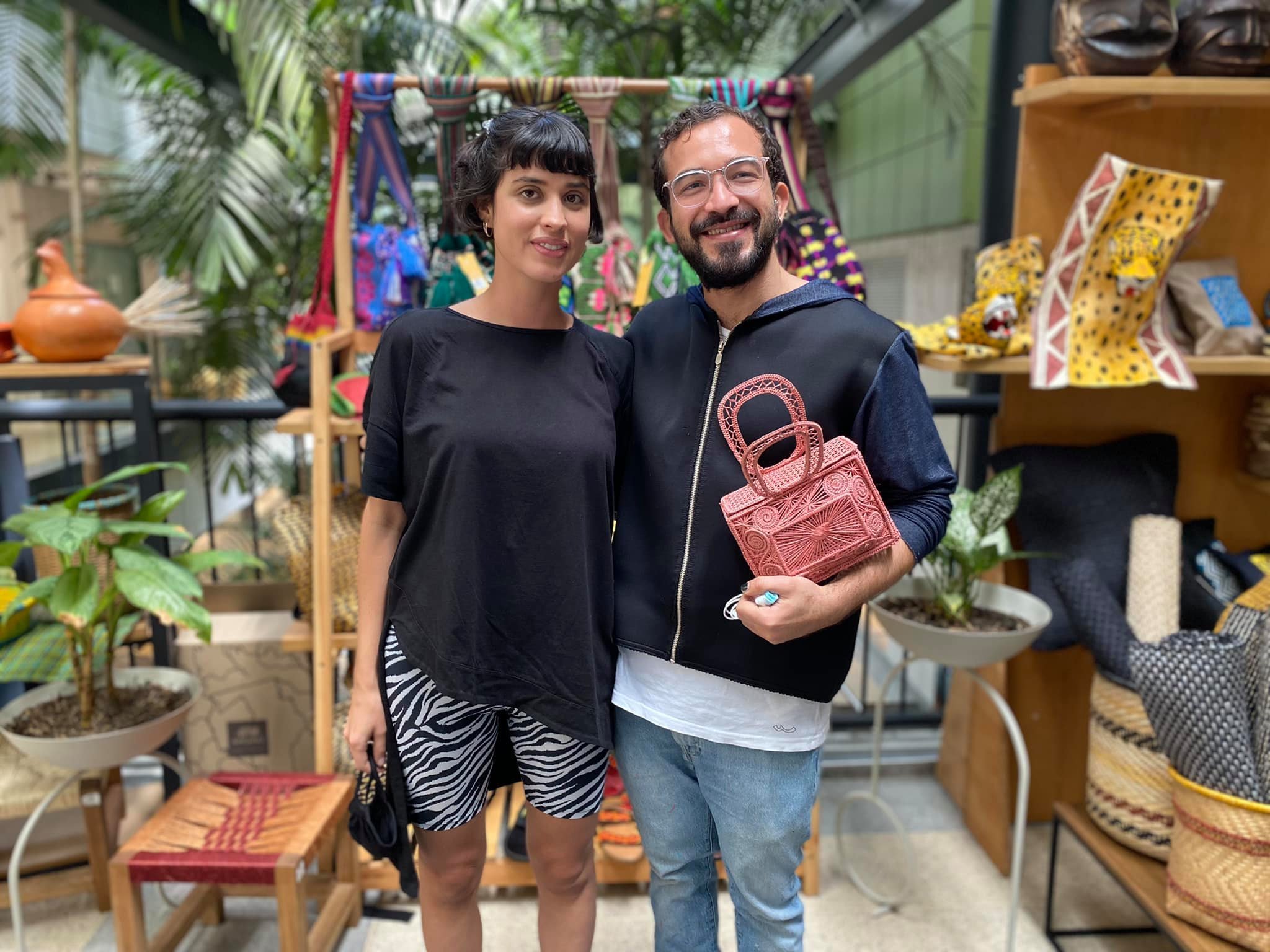
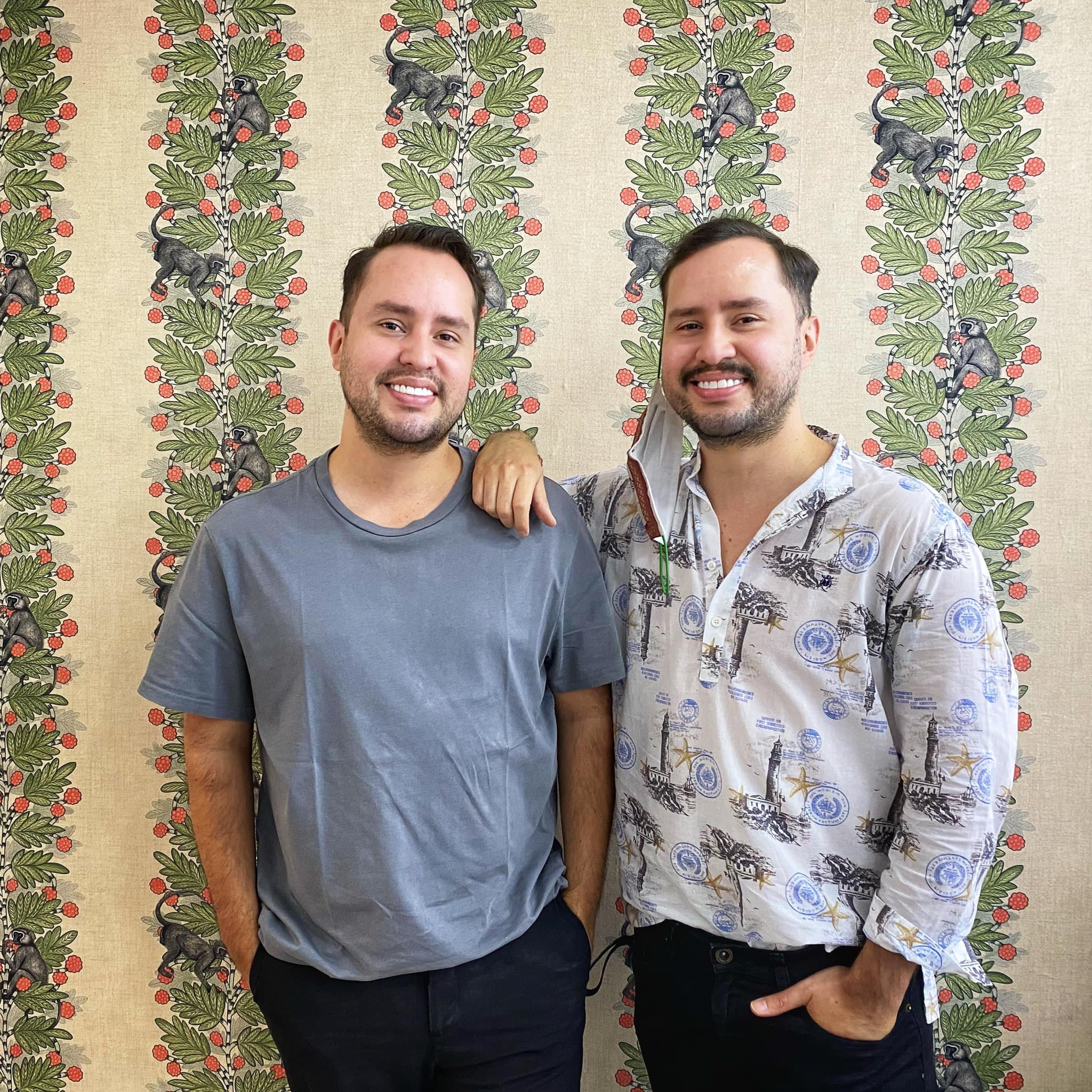
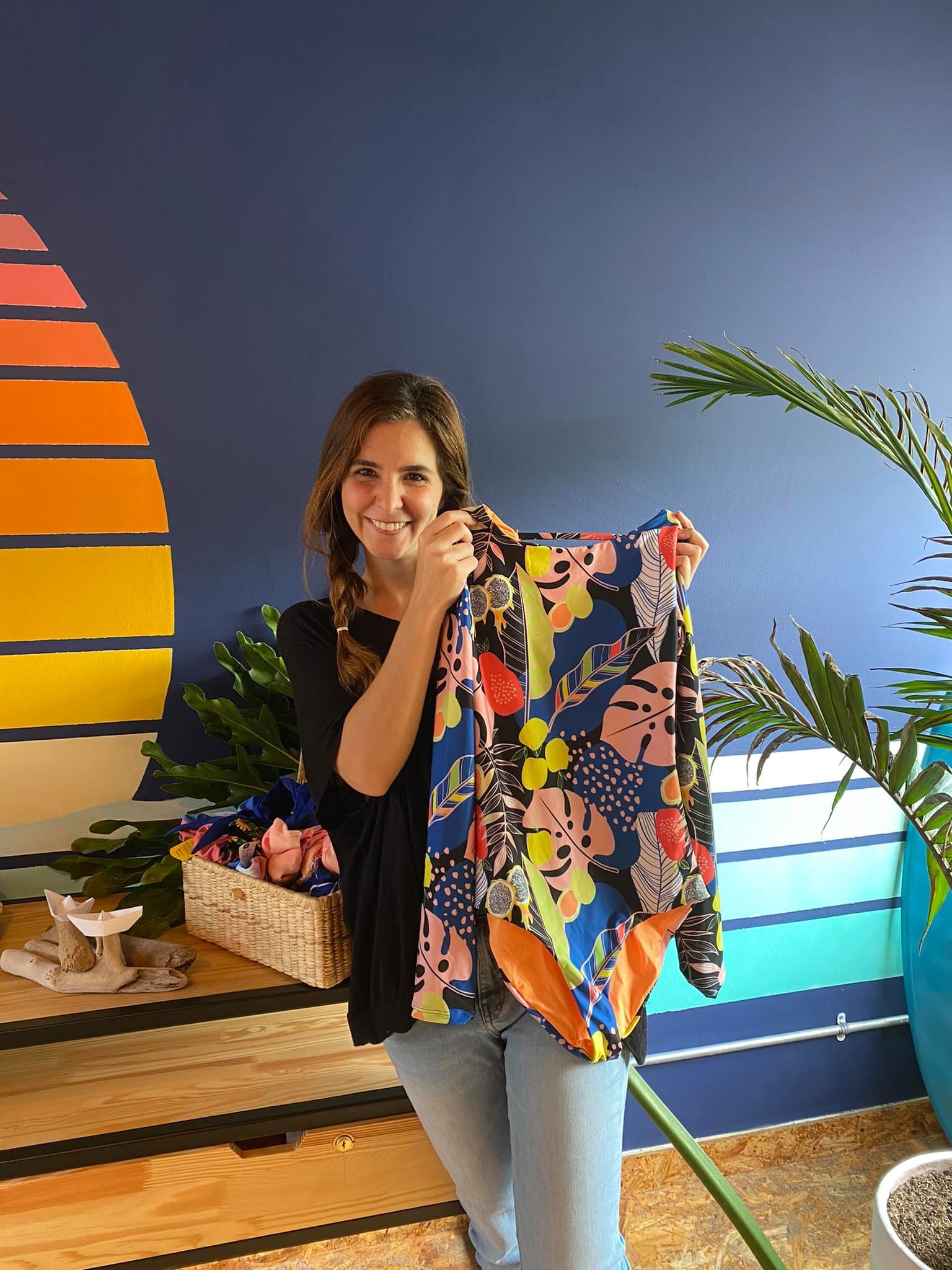
Fixing fashion: With the region a source of textiles and leather, it’s no wonder Medellín has become a fashion capital. During the ‘80s, the city pioneered an overtly sexy, narco-inspired street style. In recent years a new generation of designers is trying to make the industry more sustainable and ethical by using renewable or recycled materials, paying fair wages, working with leather alternatives or leather scraps, and reviving ancestral materials and methods. Thanks to talented designer and all-around lovely person Catalina Patiño Bustamante for the fascinating walking tour. Colombia.
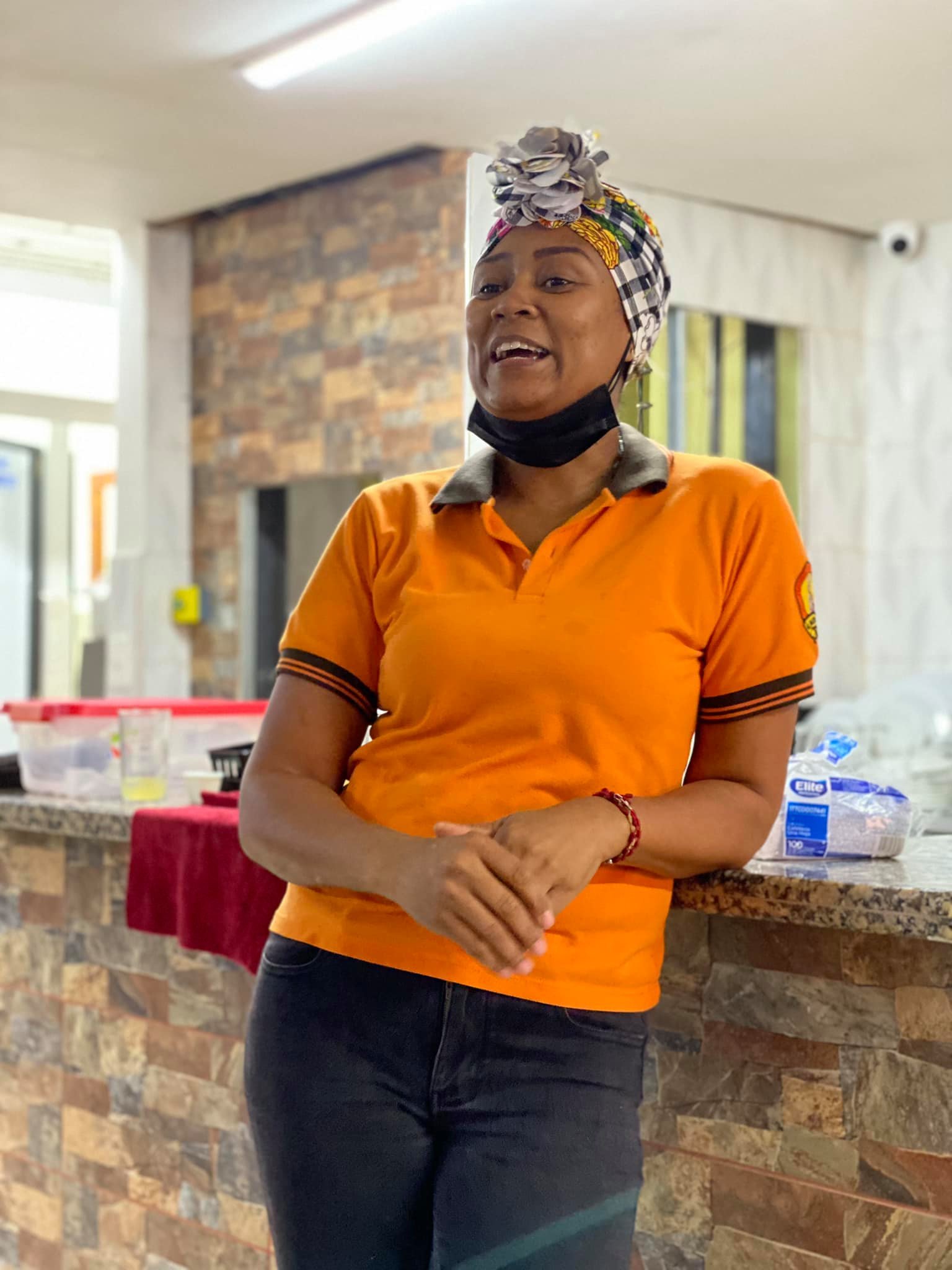
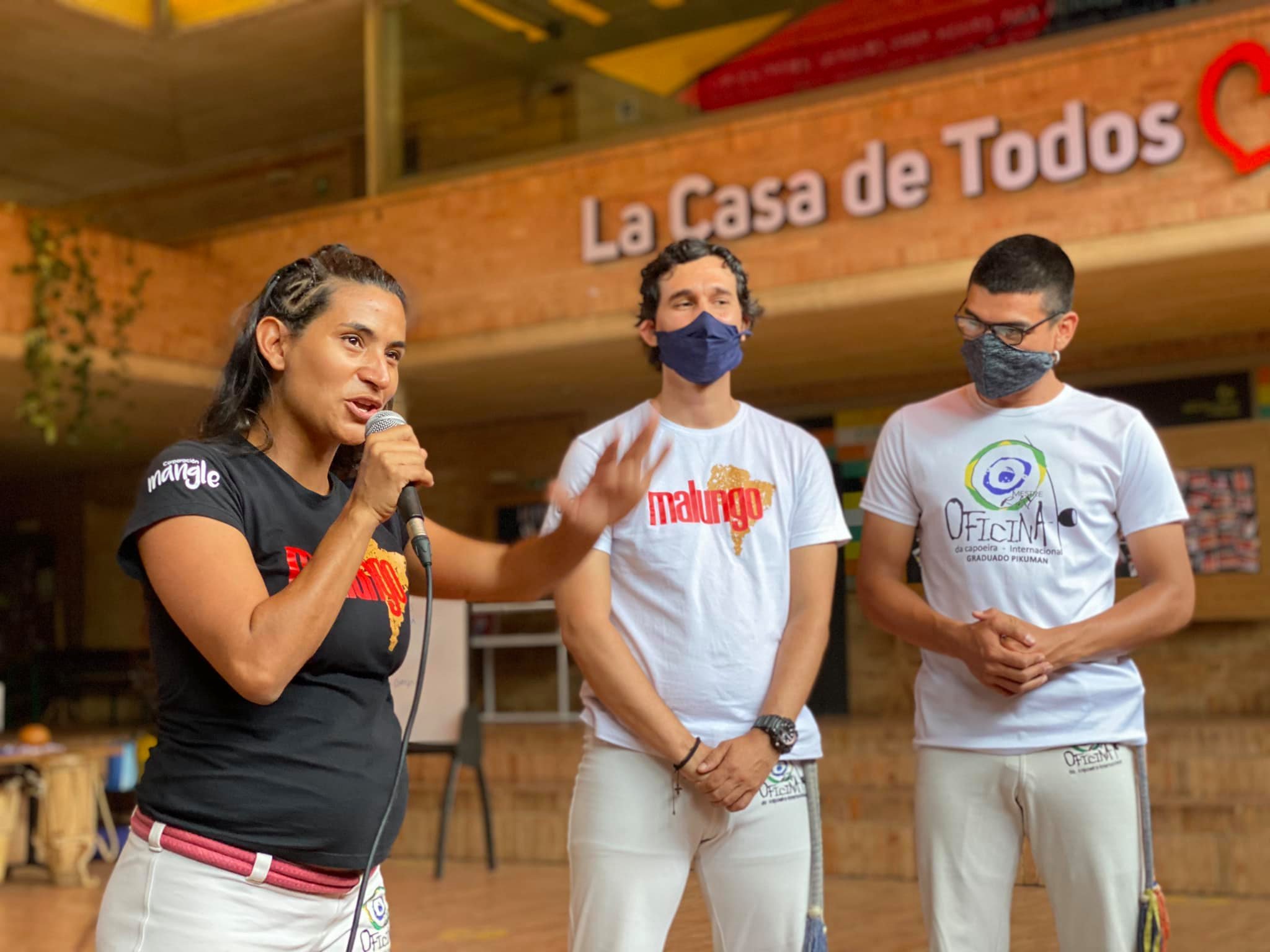
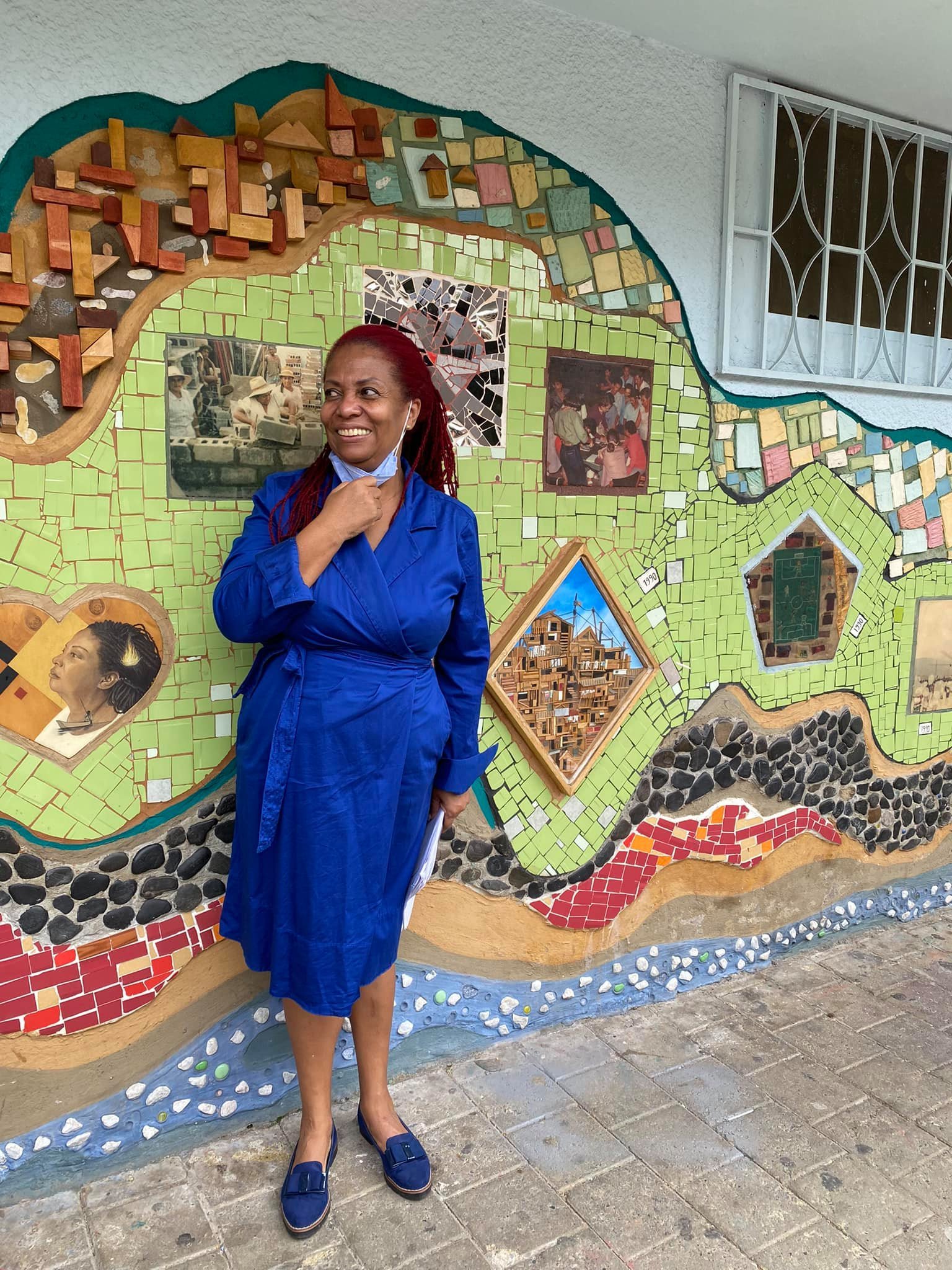
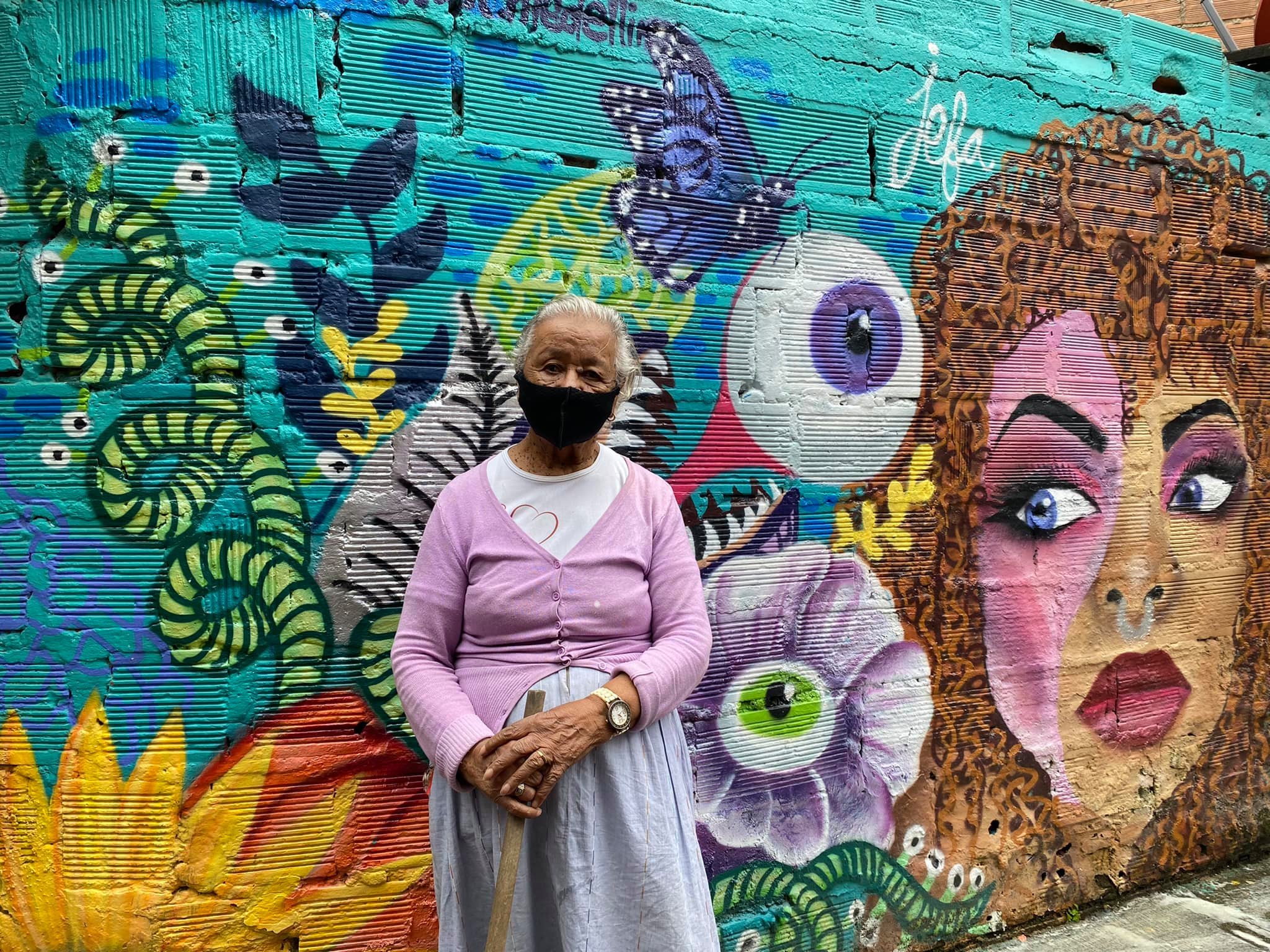

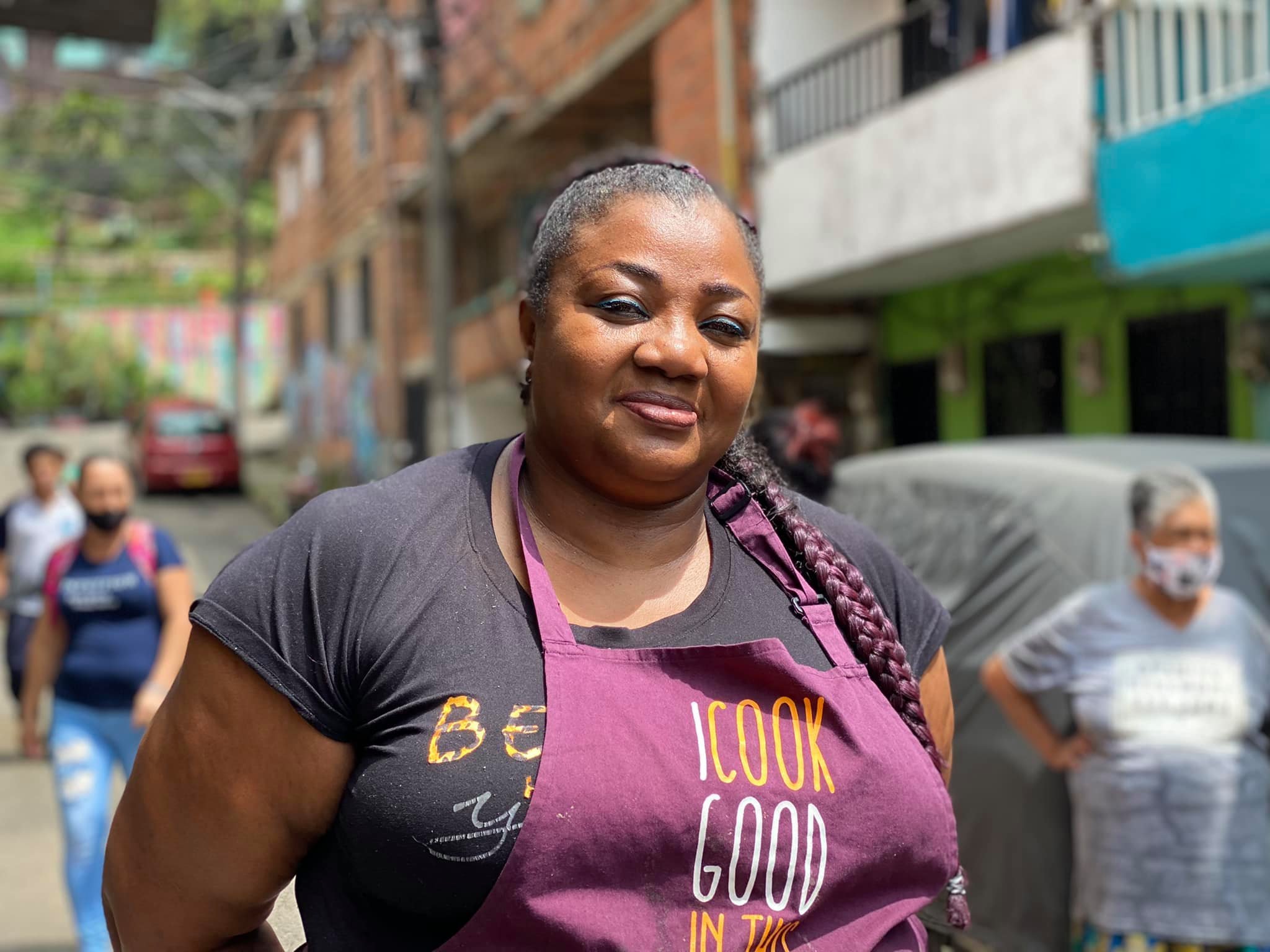
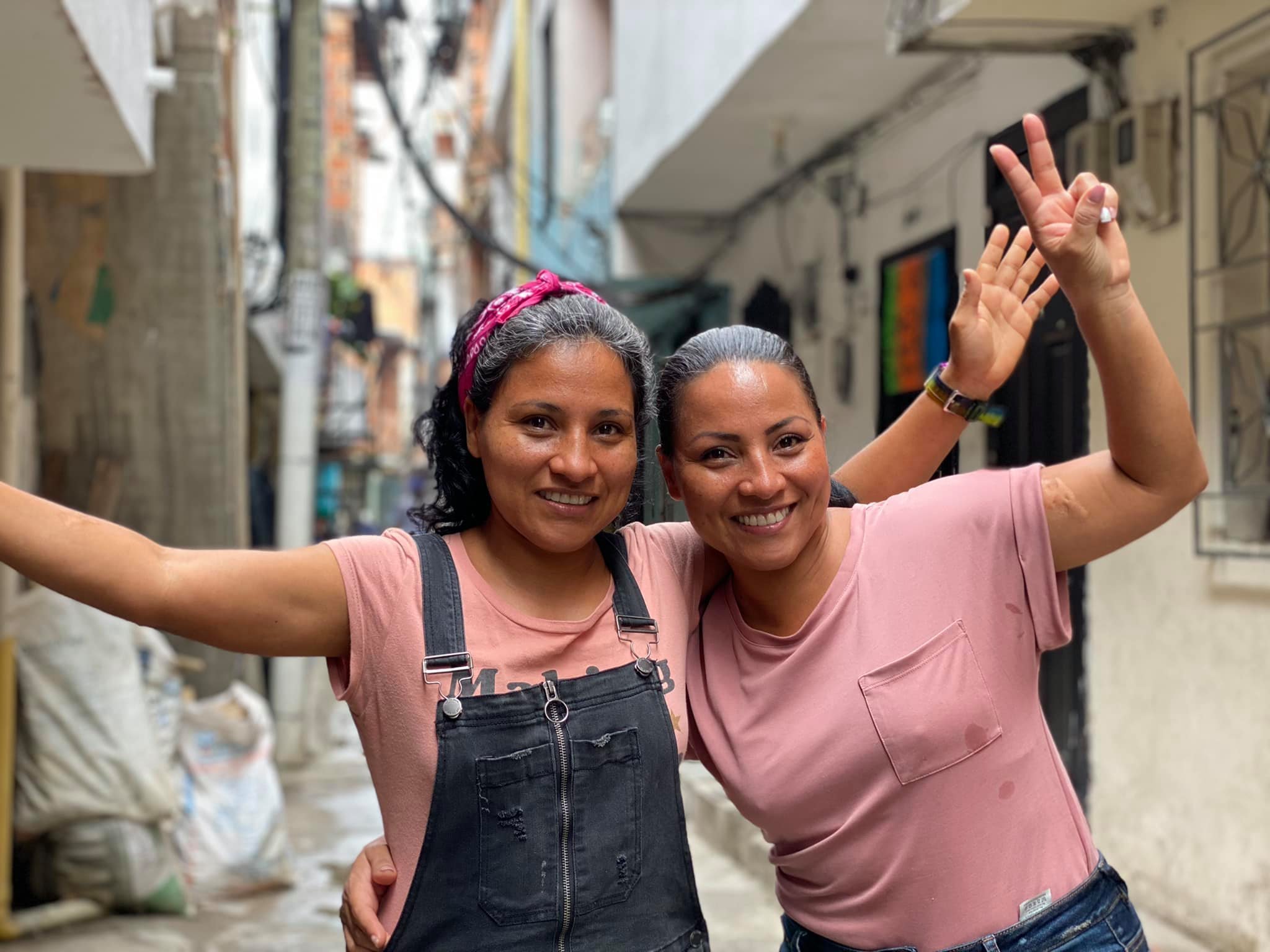
Wonder women: Moravia is an area of Medellin, Colombia, that was once the site of the city dump. An informal community developed around sorting and re-selling (i.e., recycling). There was poverty, danger, but also resilience and art and joy. A group of social activists emerged to improve the lives of the community, most of them women. Meet a few of them here.
Travelers can be part of the solution by considering what the impact of their travel is (positive and negative) and by booking with responsible operators who are deeply involved in local communities.
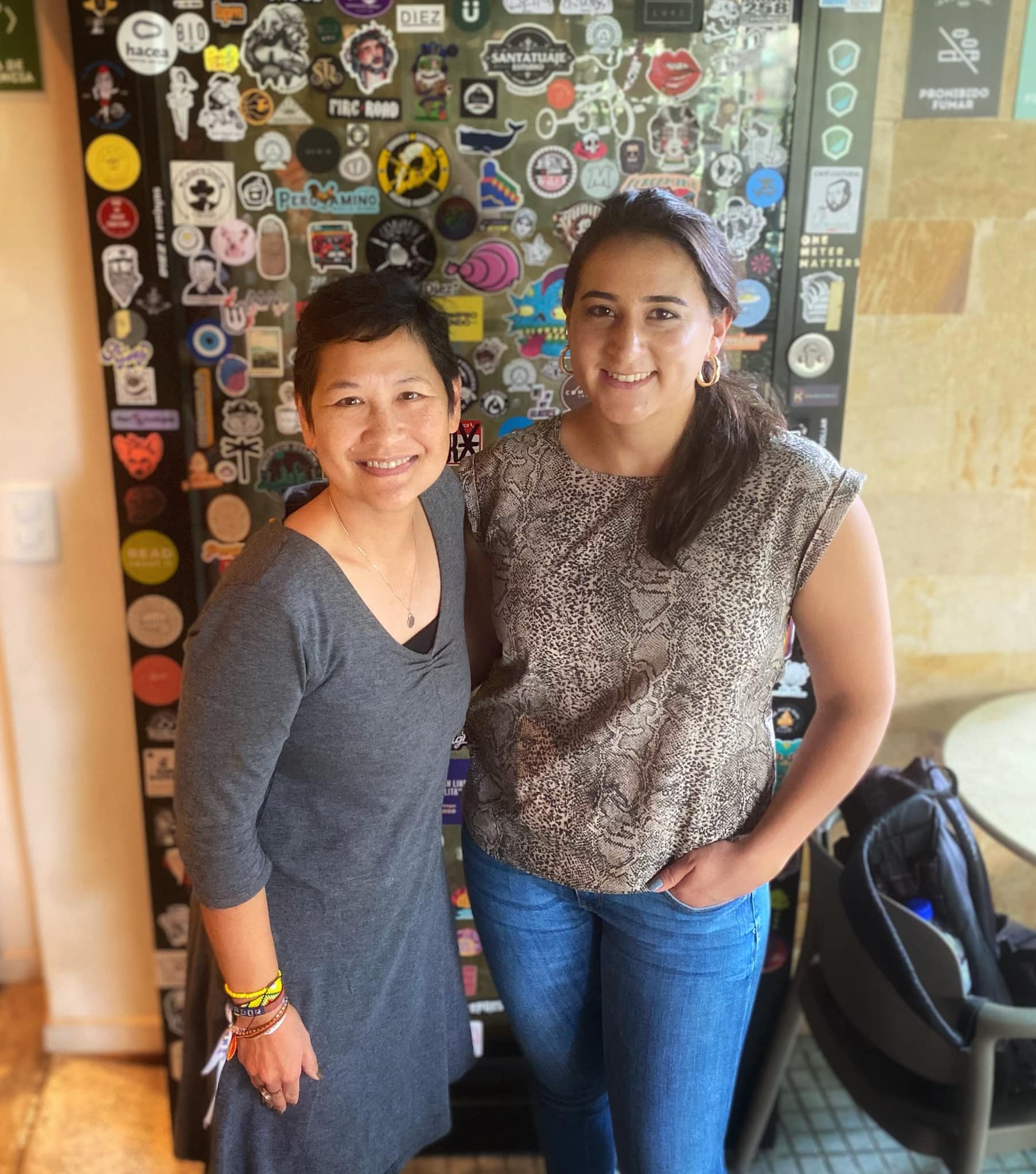
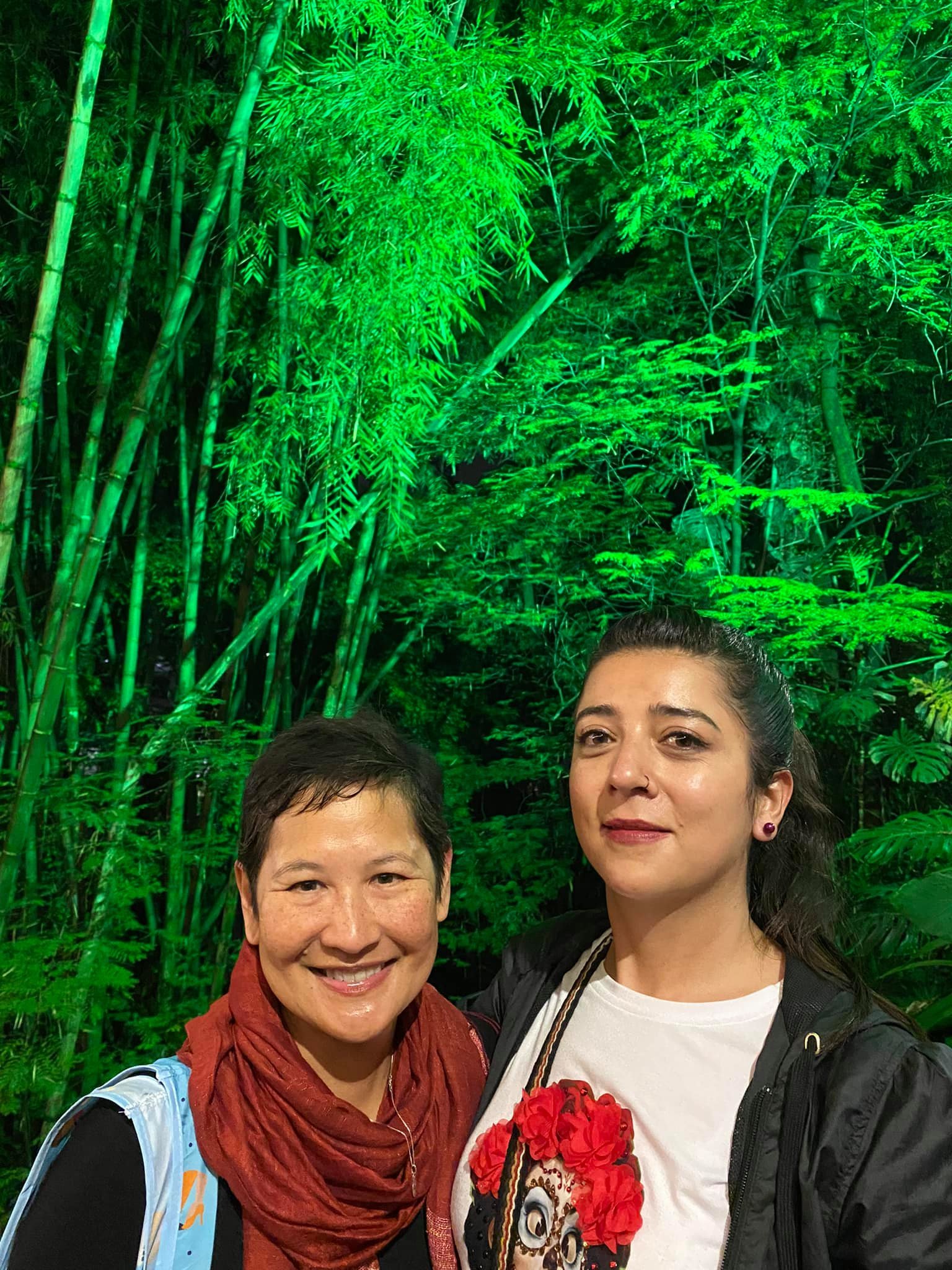
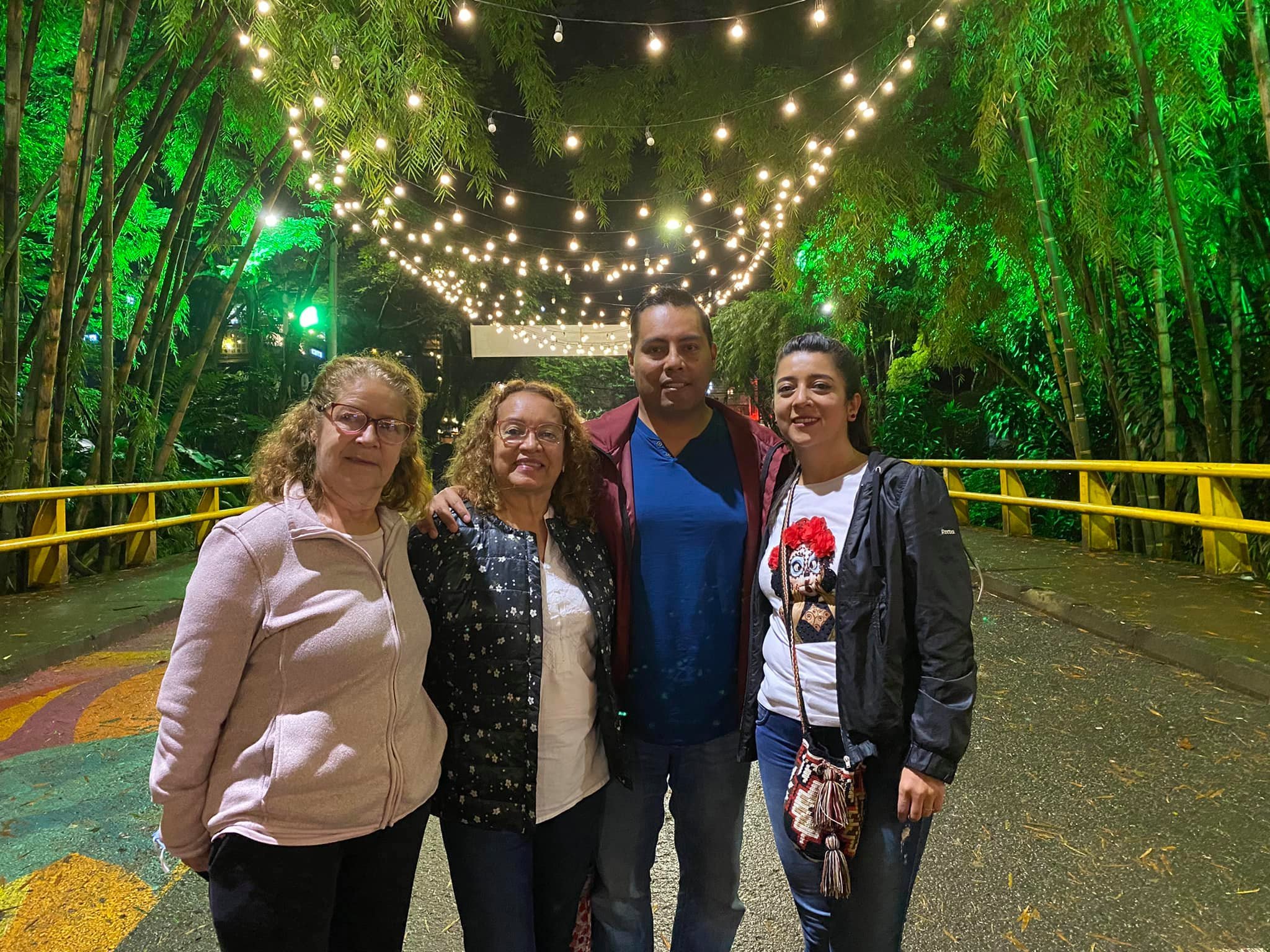
Serendipitous moments: Laura, una de mis profesoras de español (en línea), que vive en la Ciudad de México, estaba en Colombia visitando su familia en Bogotá. Decidió combinar una visita y vacaciones en Medellín. Cenamos juntos y conocí a su esposo, su madre, y su suegra. Una familia muy amable! Y Melanie, una amiga de Quito, Ecuador, estaba en Medellín visitando una amiga y se enteró a través de las redes que me estaba quedando en el mismo barrio. Nos reunimos el pasado viernes. Me encanta estos momentos de conexión y alegría en la vida.
One of my online Spanish teachers, Laura, who lives in Mexico City, happened to be in Colombia visiting her family in Bogotá. When I told her I was traveling to Medellin, she decided to use it as an excuse to plan a family trip to Medellín. We had dinner together and I met her husband, her mother, and her mother-in-law, a lovely family. And Melanie, a friend from Quito, happened to be in Medellín visiting a friend when she saw through Instagram that I was in the neighborhood. We met up on Friday. I love these moments of connection and serendipity.
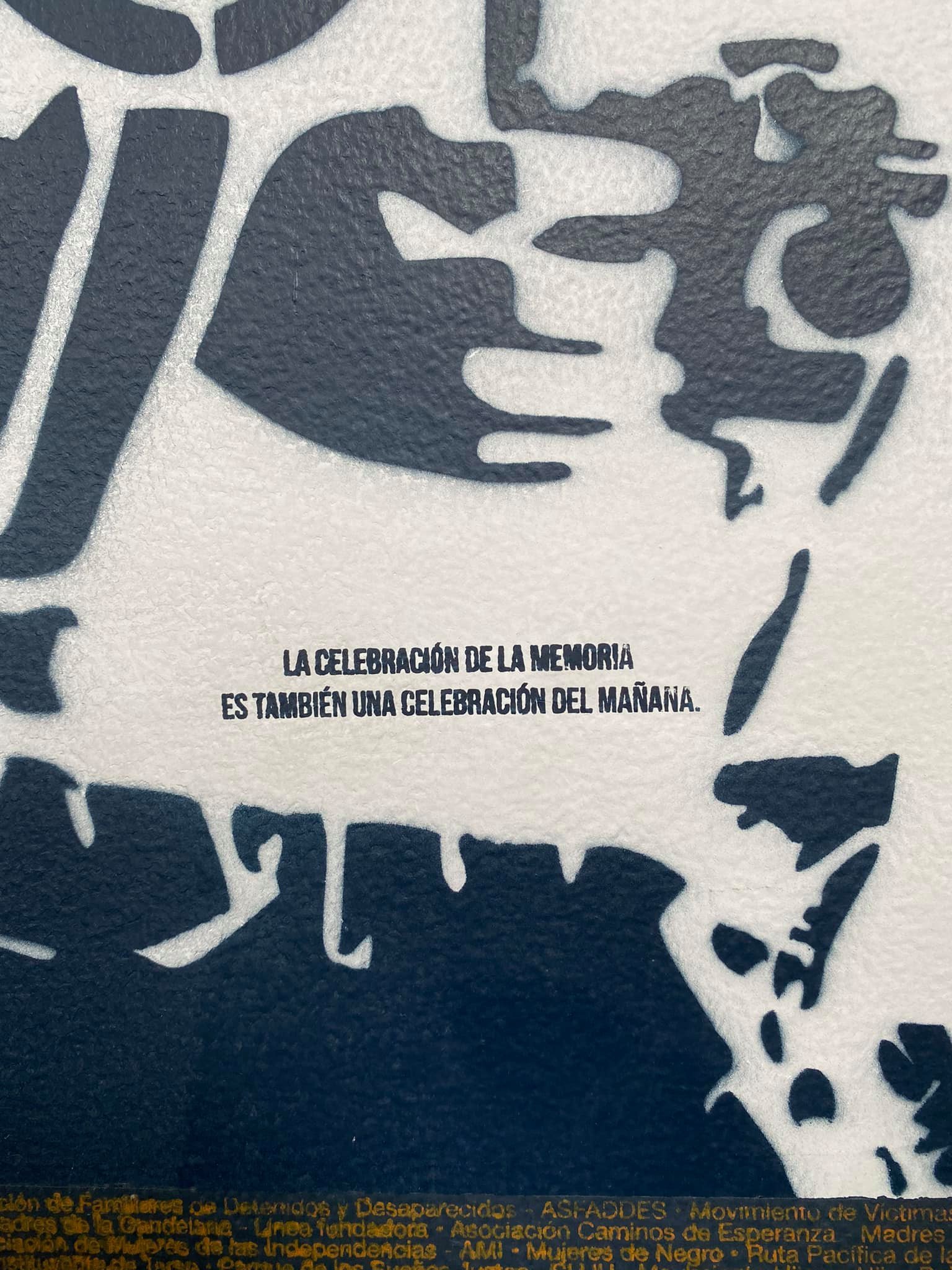
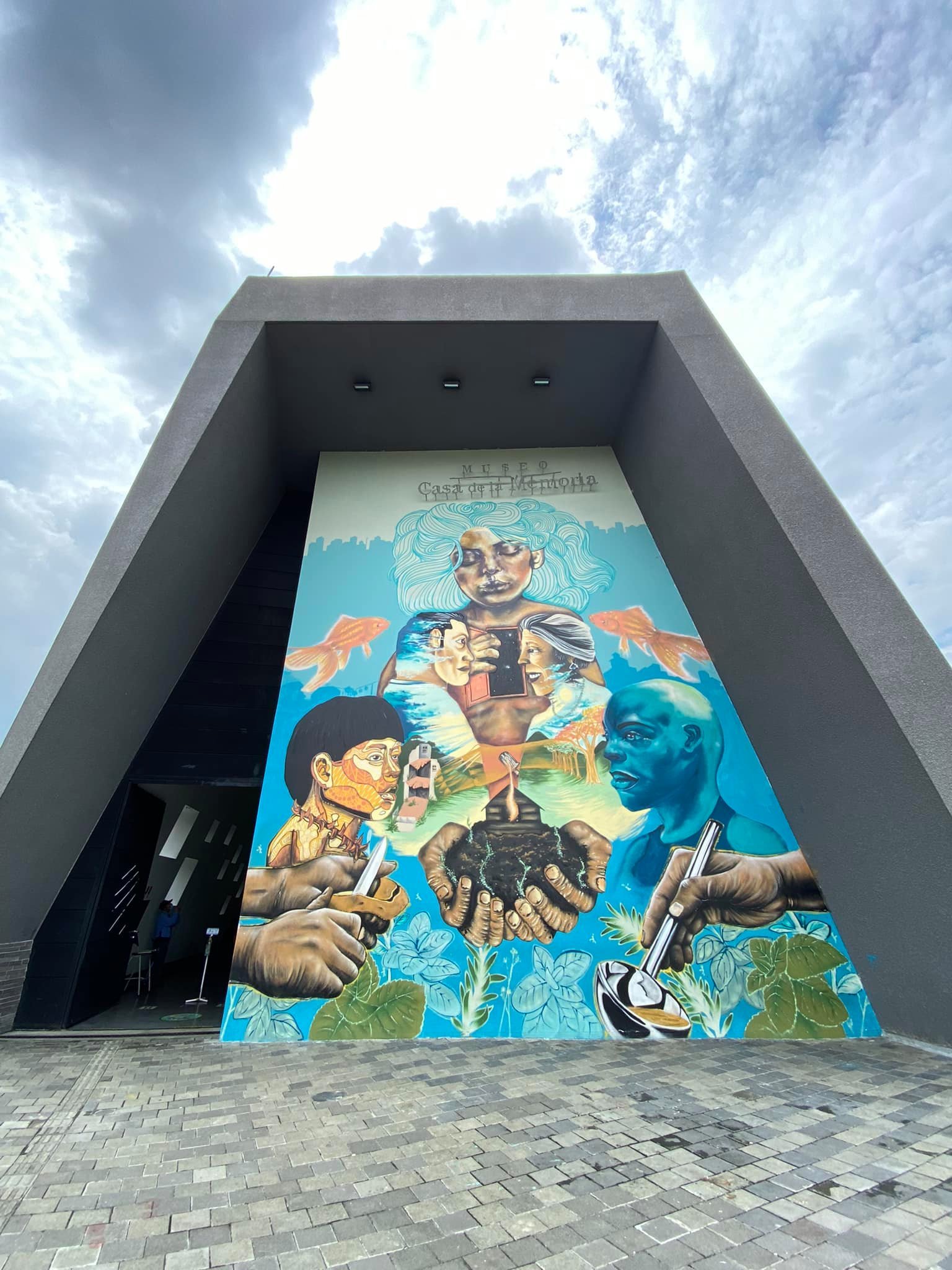
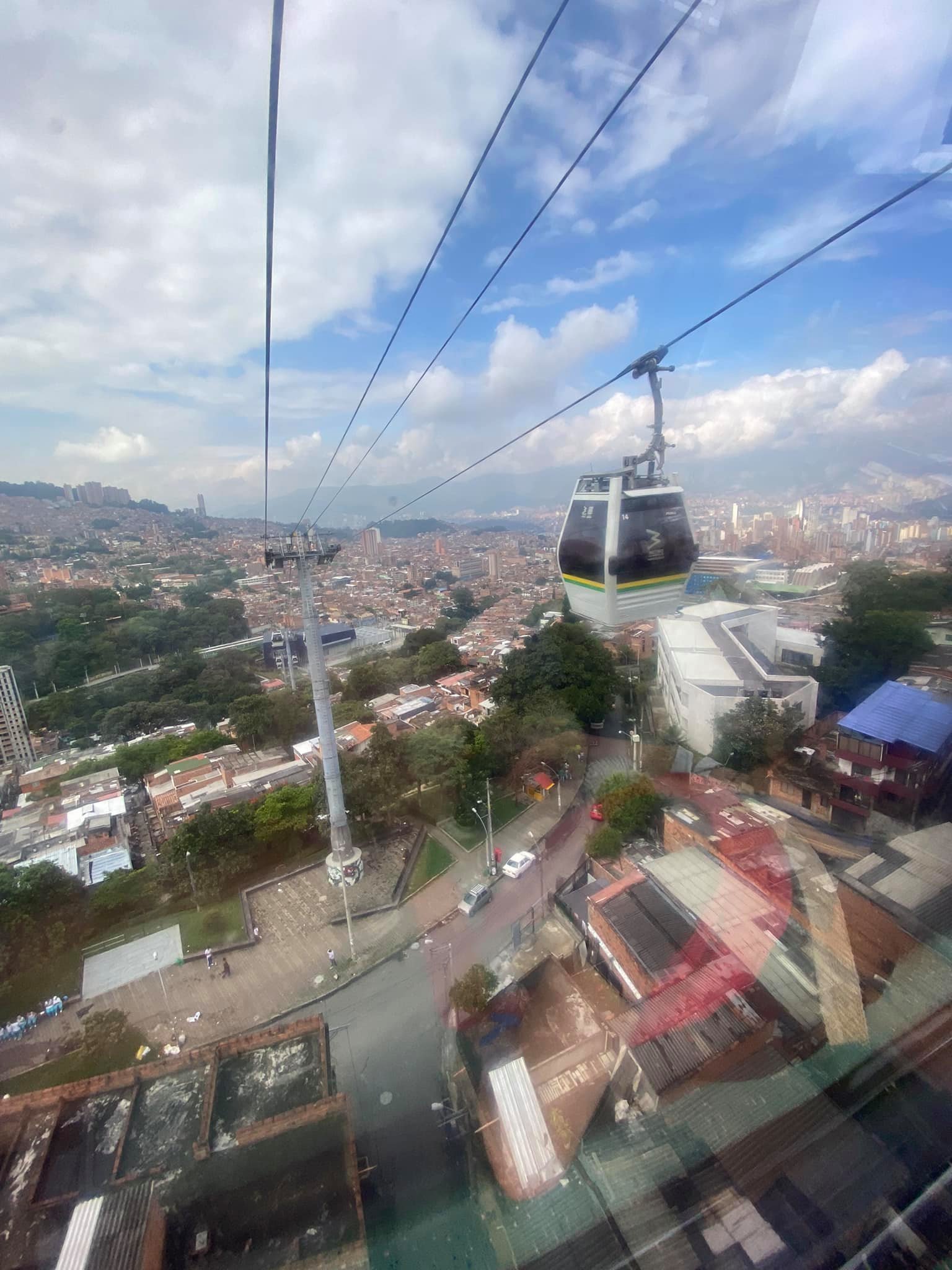
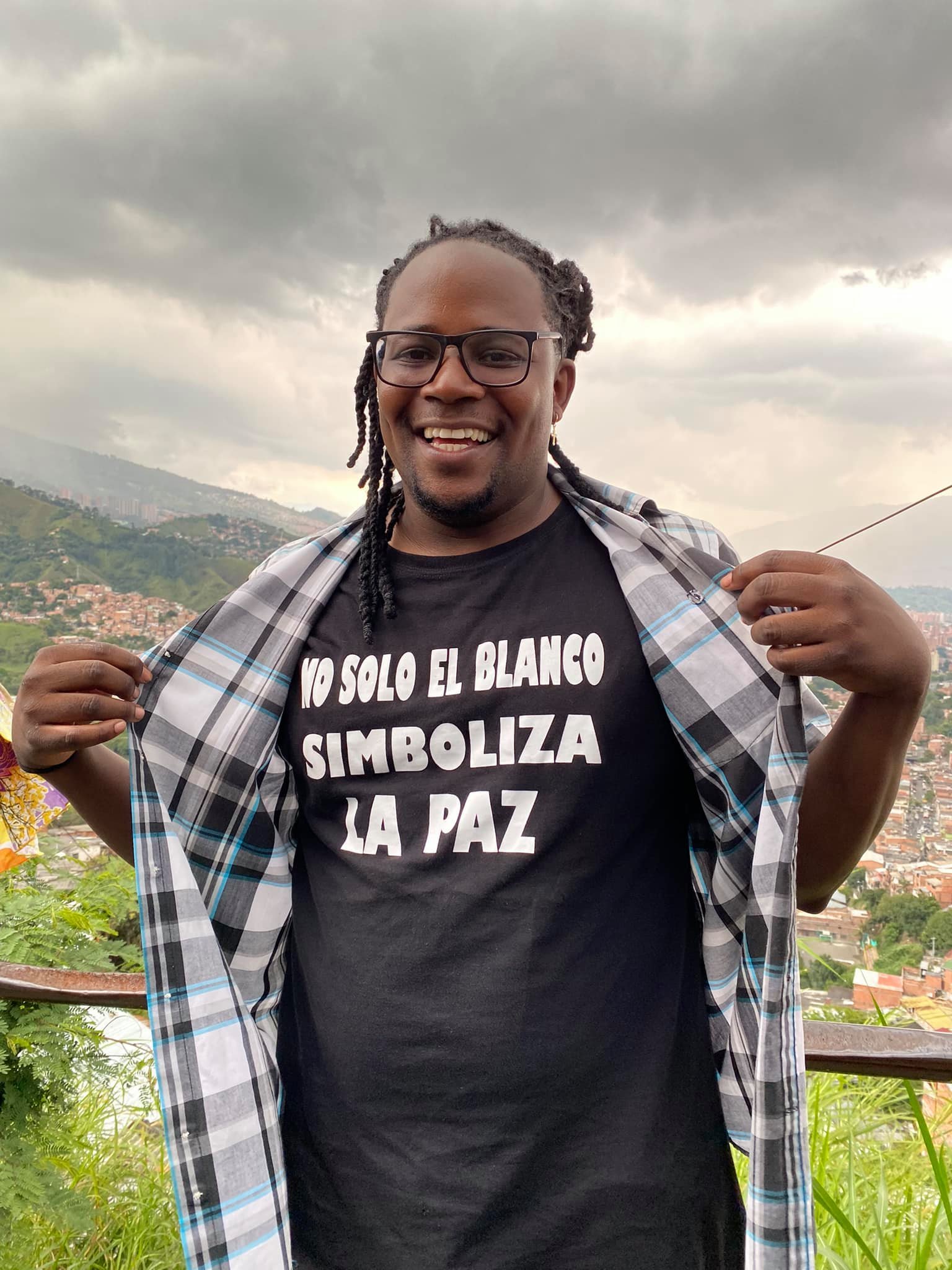
Transforming a society: The investment in infrastructure in the ‘90s, particularly in public transit, and especially that linking the working-class neighborhoods on the mountainsides to the city center, was the start of the city’s transformation. Cutting the commute times drastically opened up opportunities for those at the margins of society, and gave people hope and pride.
The history of Colombia’s seven decades of civil strife is complex, but visitors can get the broad outlines at the Casa de la Memoria, a museum and place of remembrance for the nearly nine million victims of this conflict, from killings to disappearances to kidnappings to forced migrations to sexual assaults and more. Despite the tragic theme, it is a place of hope and resilience.
Across town is Comuna 13, another example of a community working to heal the wounds of its past. This was the site of violent clashes between paramilitary groups and guerrillas that left residents, many of them migrants and many of them Black—from violence-stricken rural areas. Here, too, out of the rubble arose a generation of social activists and artists determined to repair their community.
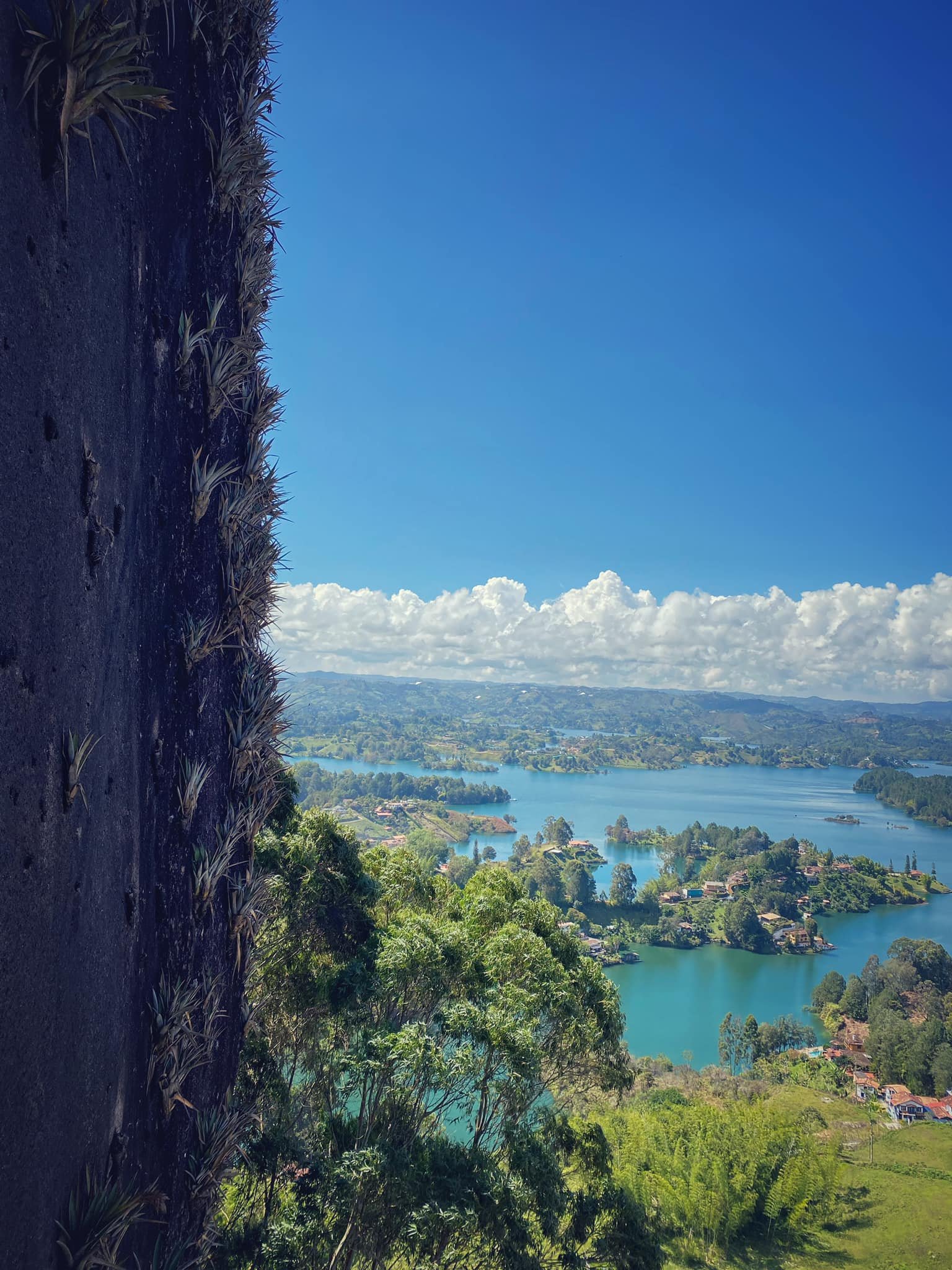
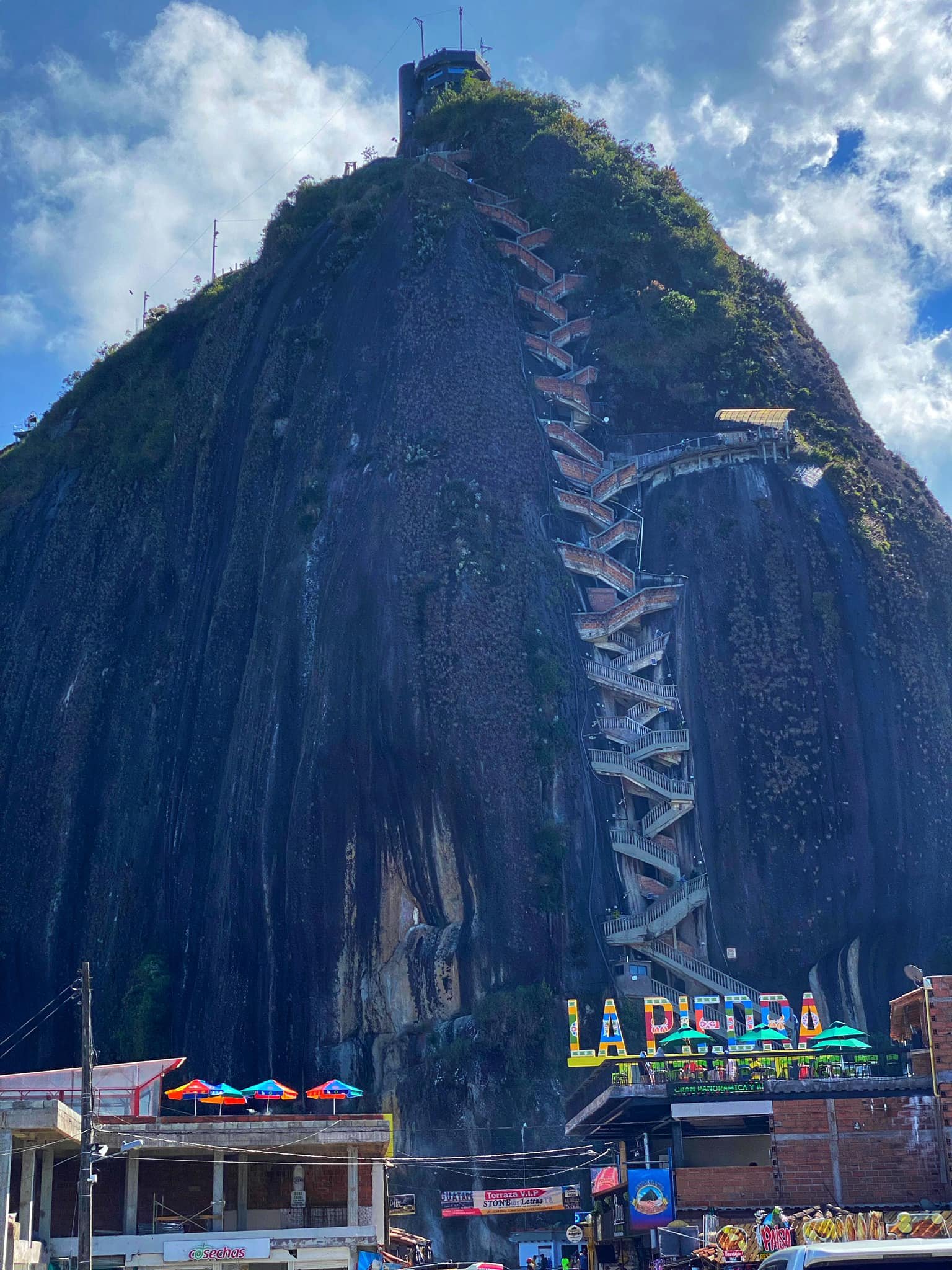
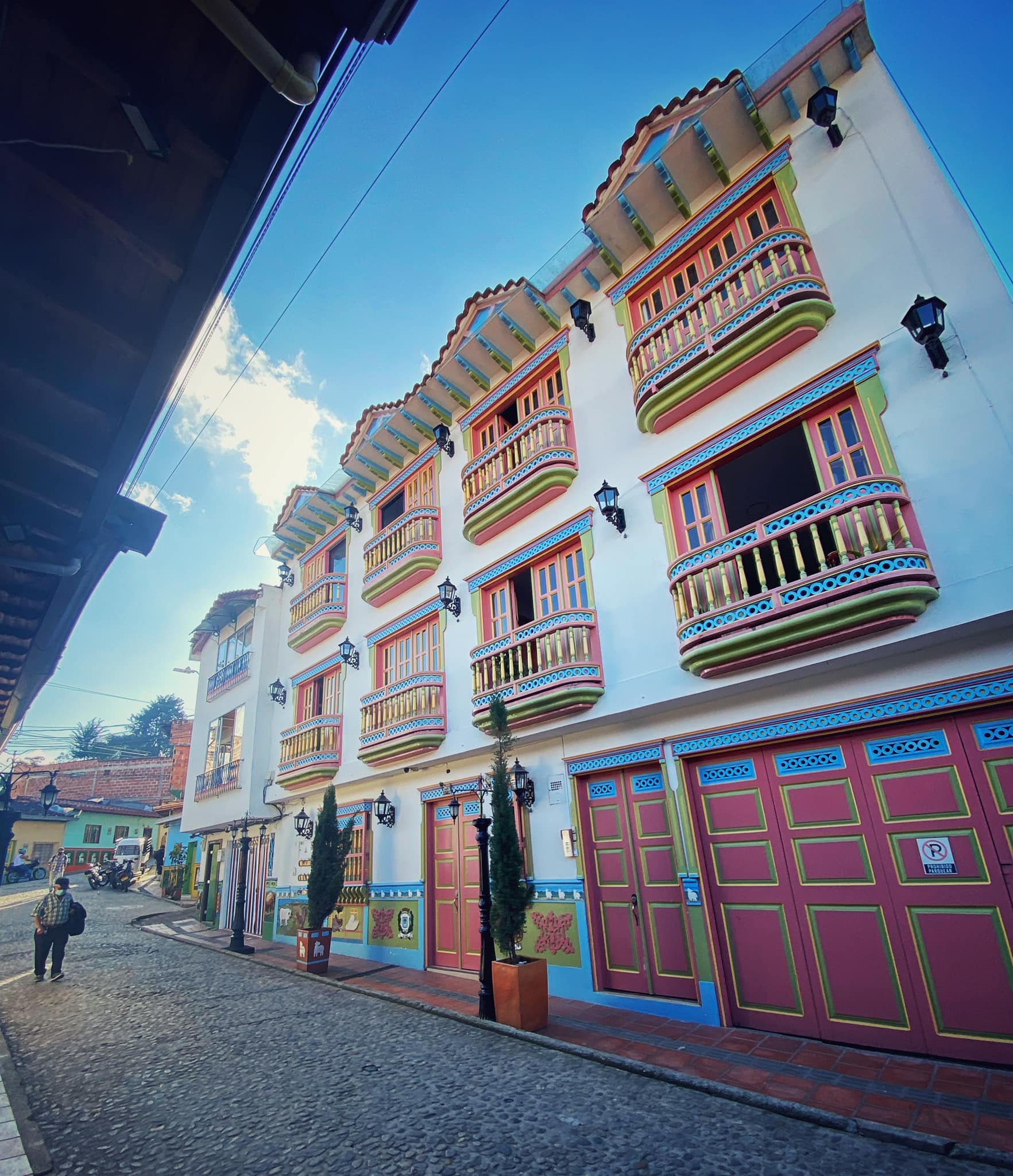
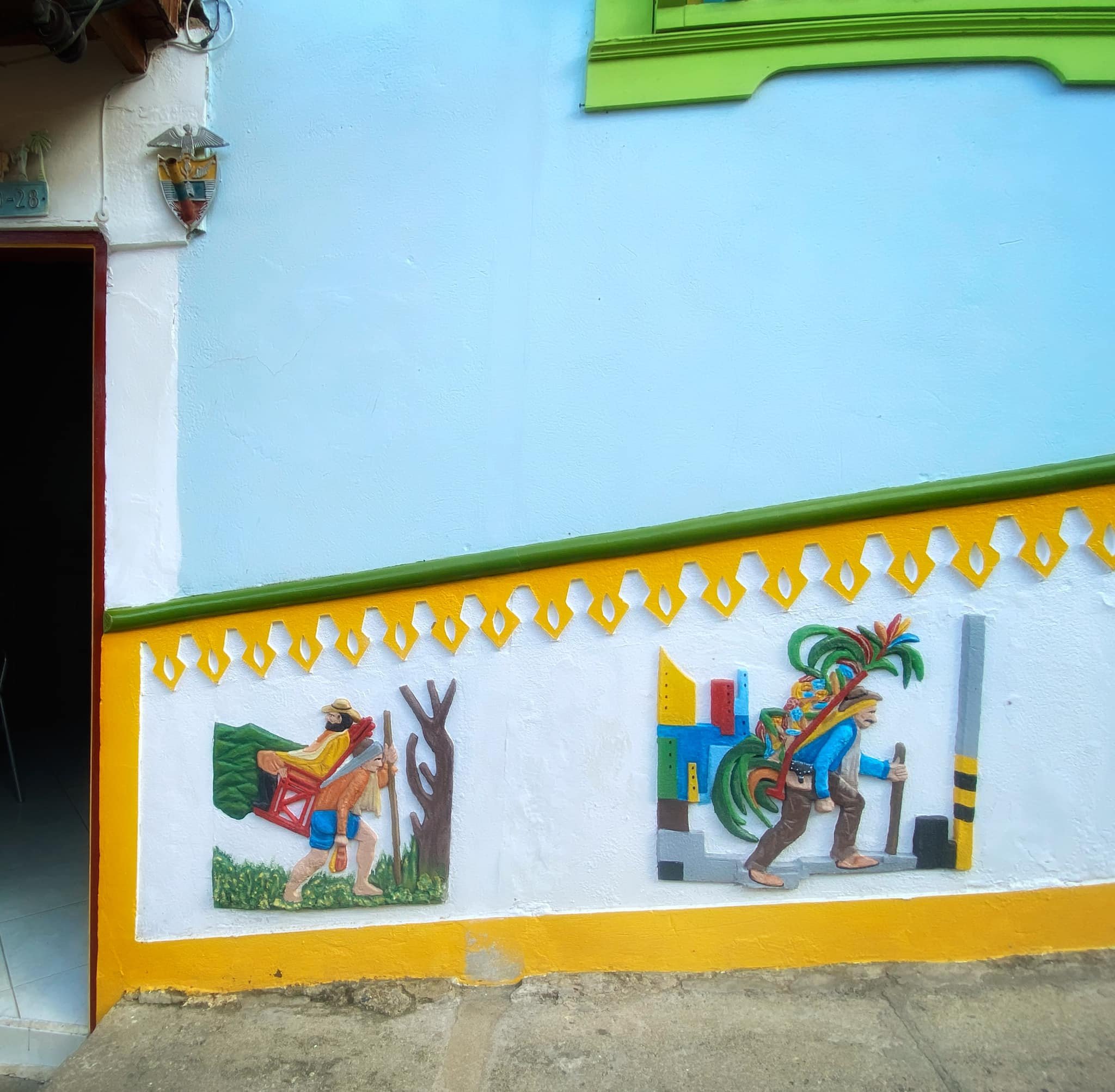
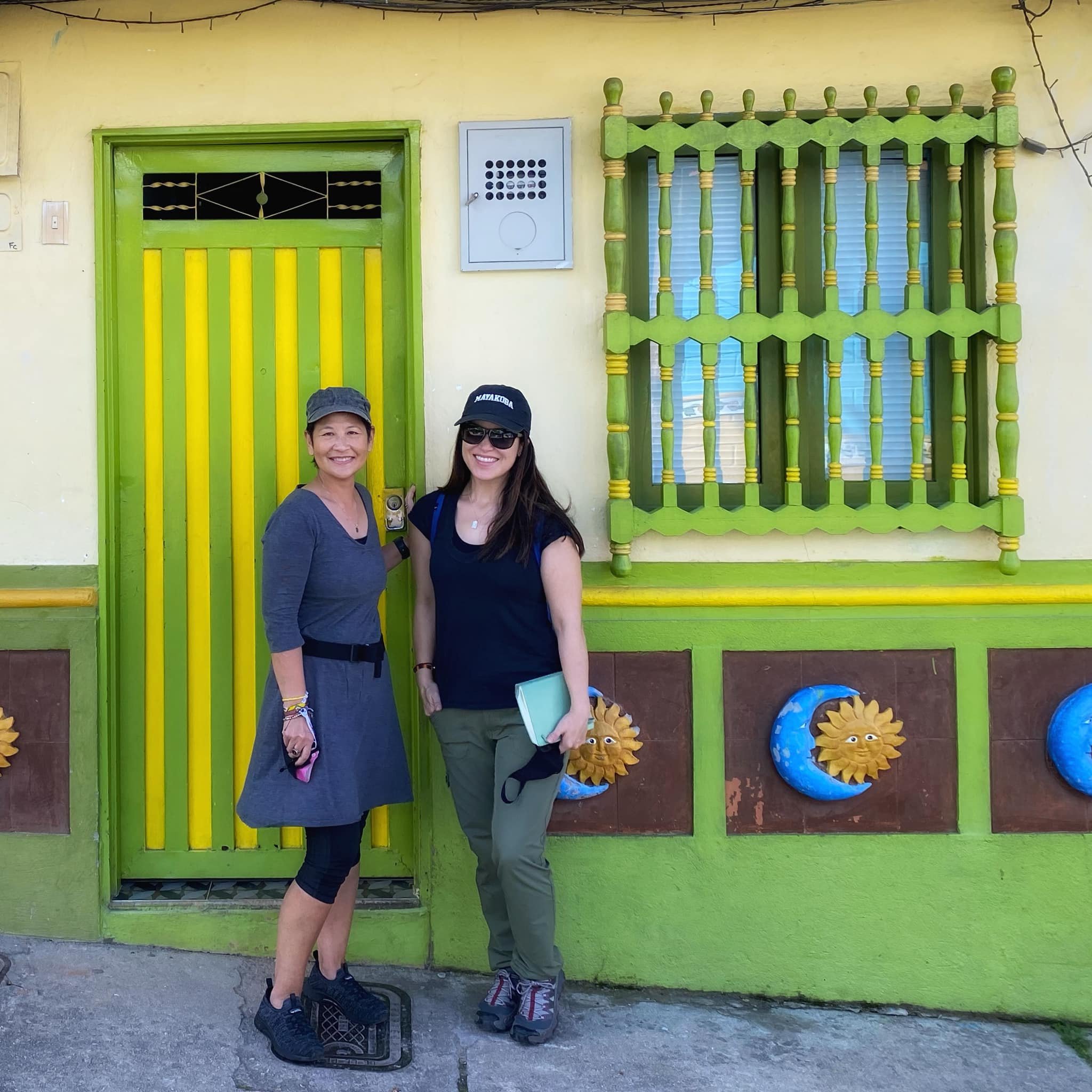
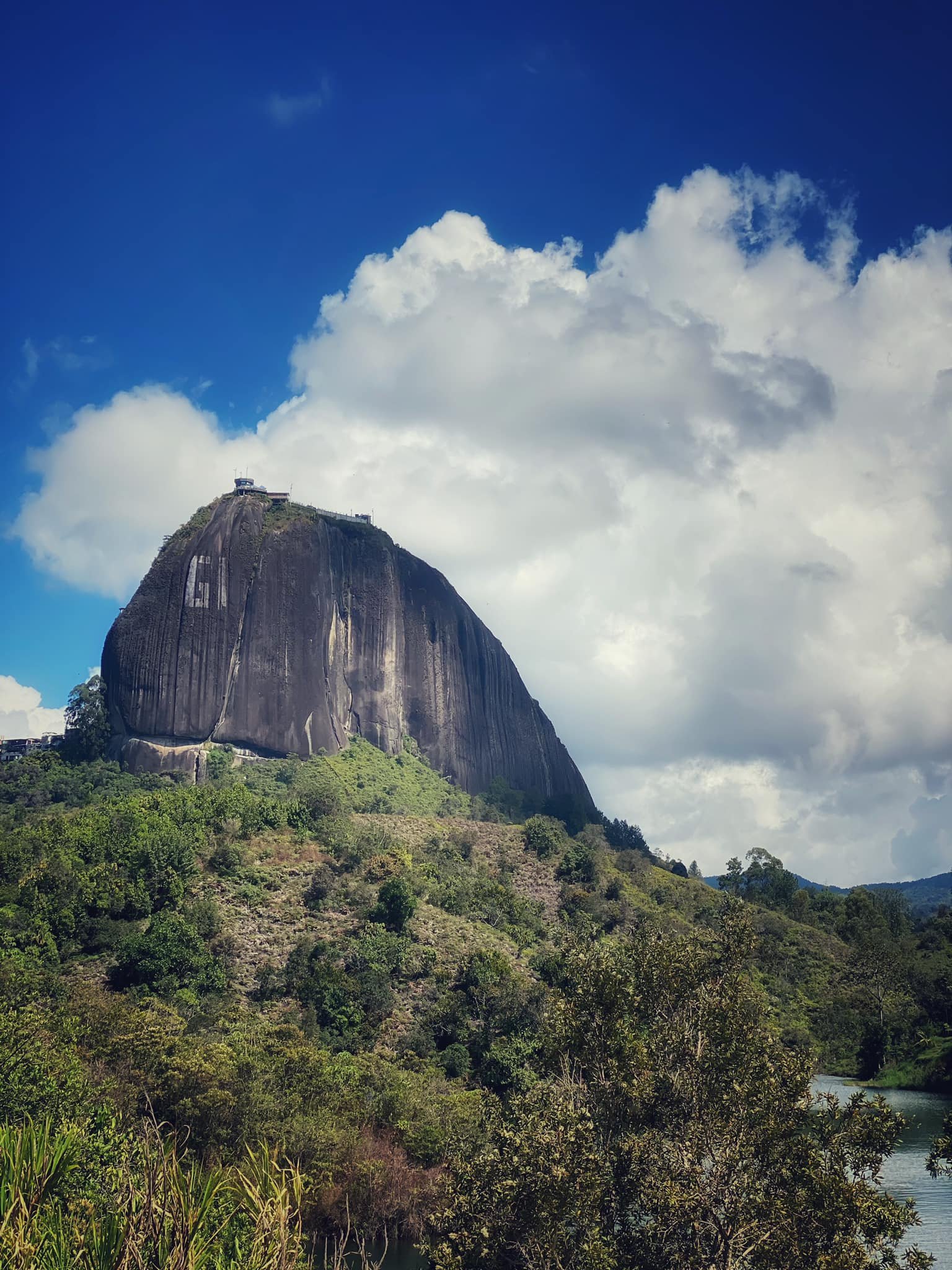
Fragile rock: This is Medellín’s most popular day trip. And no wonder, the area hosts a stunning stone monolith, the second largest in South America, as well as a blue-green lake and a colorful and unique two-century old historical village.
It also is in danger of losing its character due to overtourism and lack of coordinated management. While it was not overly crowded the day I visited, weekends and holidays can swamp the site and the tiny town (which has no room to expand, surrounded as it is on almost all sides by the lake), as well as the road leading to it. And this is the current situation with mostly domestic and regional tourists. A pent-up surge of international travelers is expected soon.
Fellow journalist Jennifer Flowers, who covers sustainable travel, and our guide Juan Carlos had a really good discussion about the issues on the way there.
My hope is that that travelers become more conscious about the issues of overtourism and other negative ways travel can affect the planet, and insist that providers and destinations act responsibly, using their voices and their wallets as necessary. Travelers can also avoid the bucket list mentality that fuels overtourism and carbon emissions, spending time to get to know an area more deeply and share what they learn with others, and not simply hitting the highlight, taking a selfie, and ticking the box. It really is okay to not have been everywhere. The long list of where I have not been might surprise you.
As travel ramps back up, destinations have the larger burden to protect and manage their natural and cultural treasures so that future generations can continue to delight in these very special places.
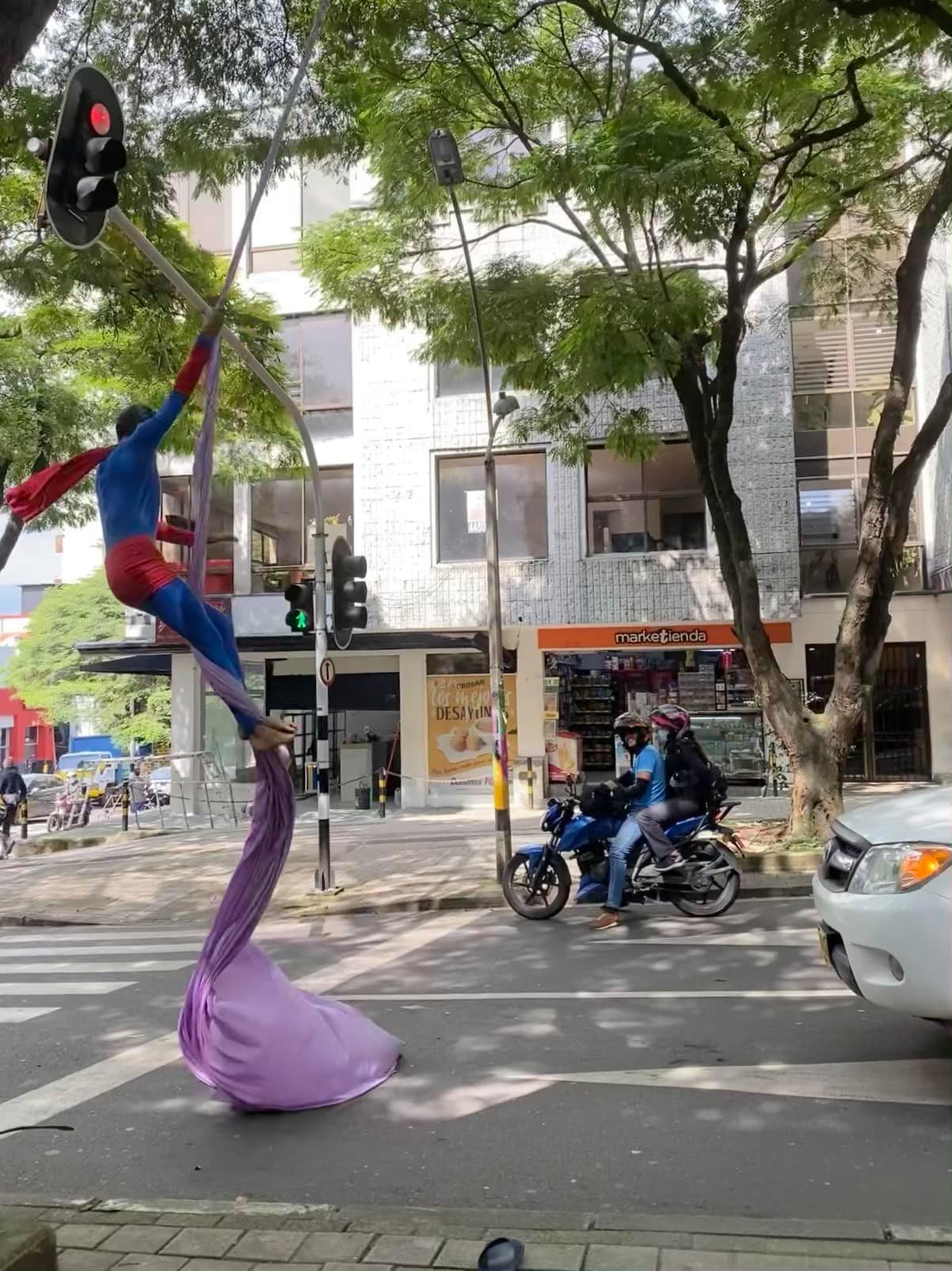
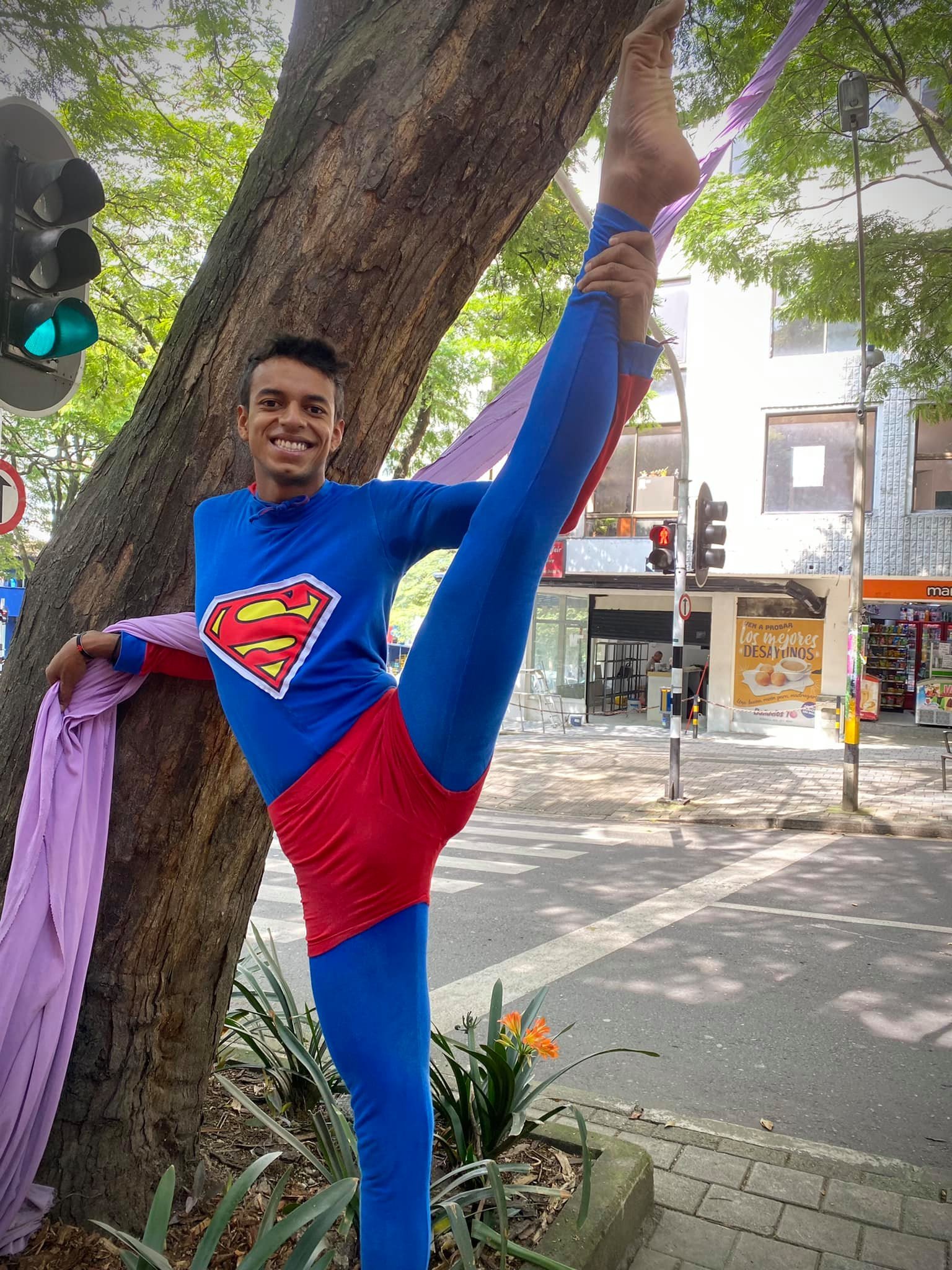
Last morning in Medellín: I was walking back to the hotel after breakfast with a friend when I encountered this performer, suspended without a net over traffic, performing acrobatic stunts for pesos. On a break, he told me his name was Daniel Zapata, but that friends called him “Sancochito” after a local stew combining potatoes, yuca, corn, plantains, and meat. He, like the dish, was a mix of many talents. He said he held two other jobs: performing in a group and teaching acrobatics and juggling in a school.
This scrappy, multi-talented artist seems a fitting metaphor for this city, swinging into the challenges of the future and creating beauty along the way. Gracias, Medellin.
I want to note that there was nearly universal mask-wearing in public places, even outdoors, with the only exception being in bars or restaurants. And many eateries have outdoor seating or roofed alfresco spaces. Gracias, Colombia.
It was also wonderful to see old friends and make new ones—a reminder in these crazy times of travel’s ability to connect and inspire. Gracias, Tourism Cares
Photos © Norie Quintos.

